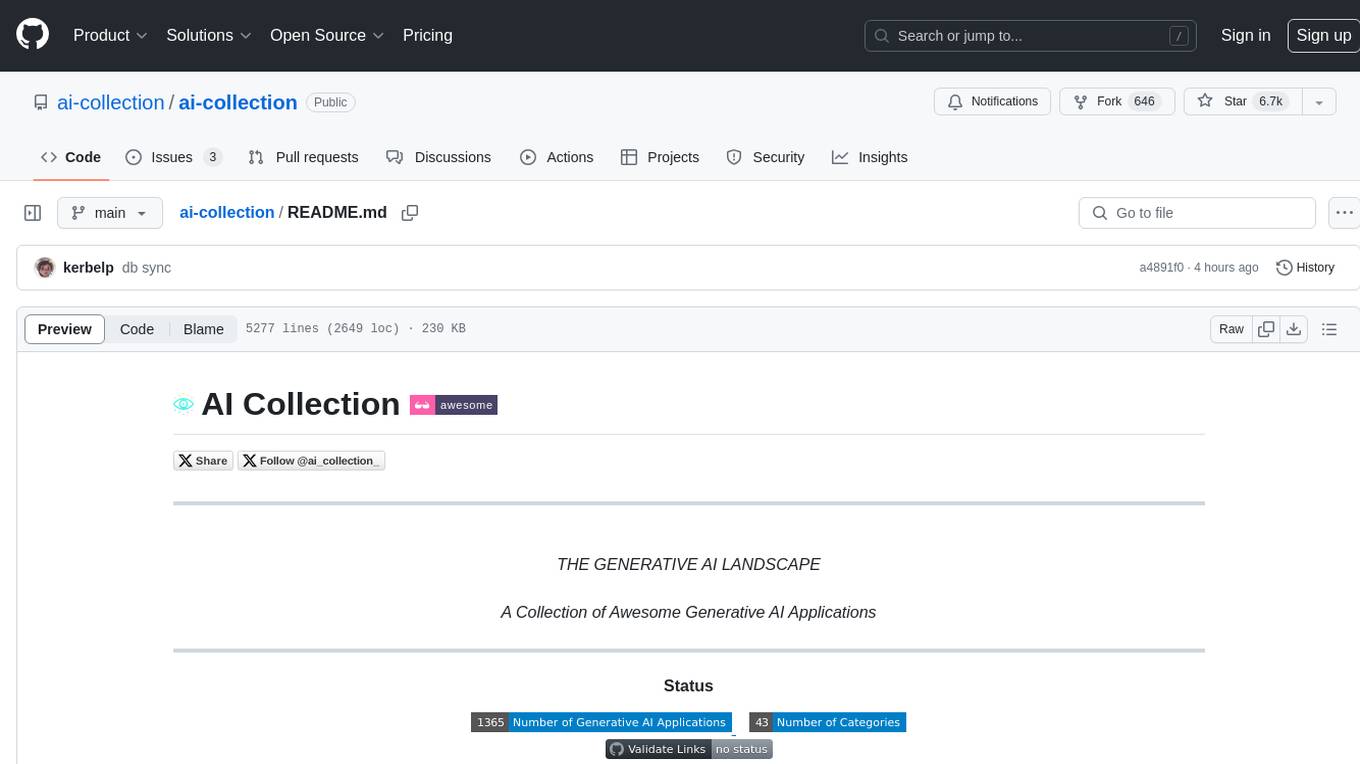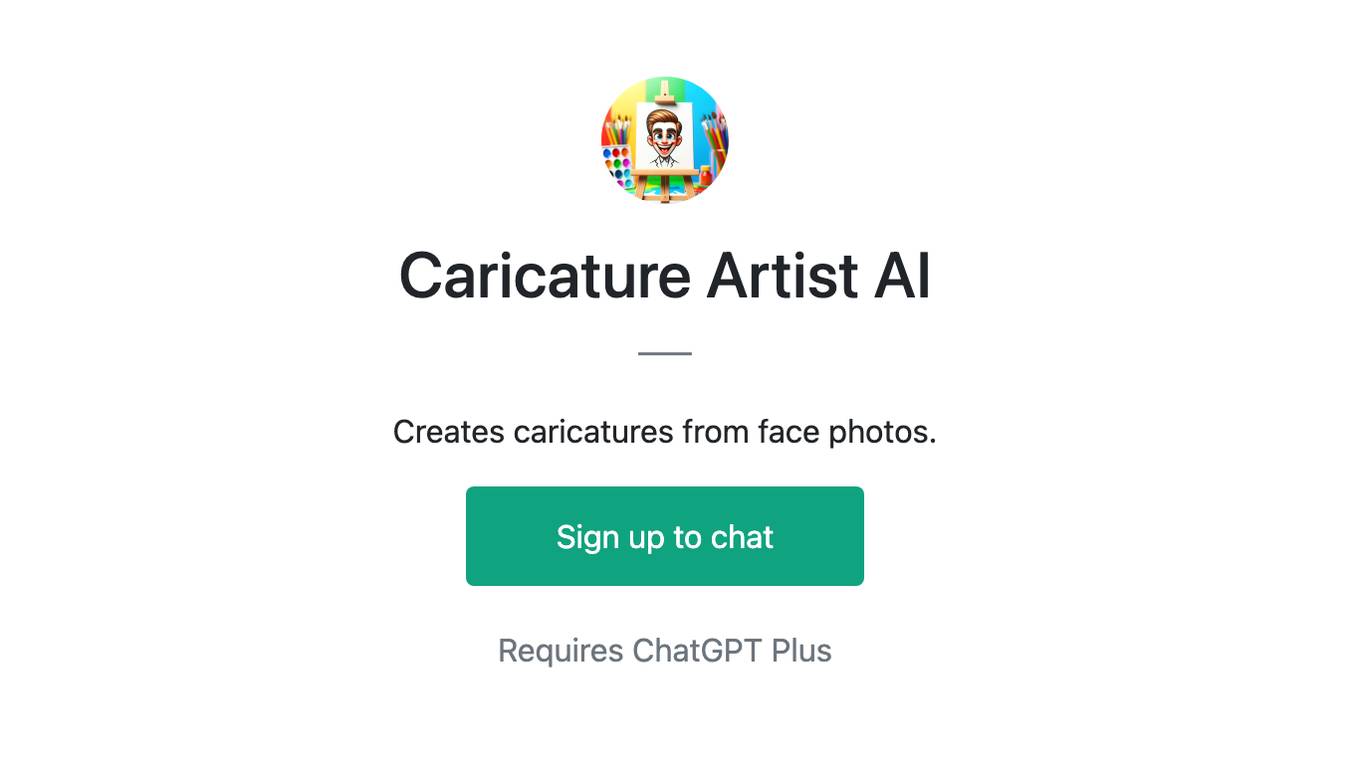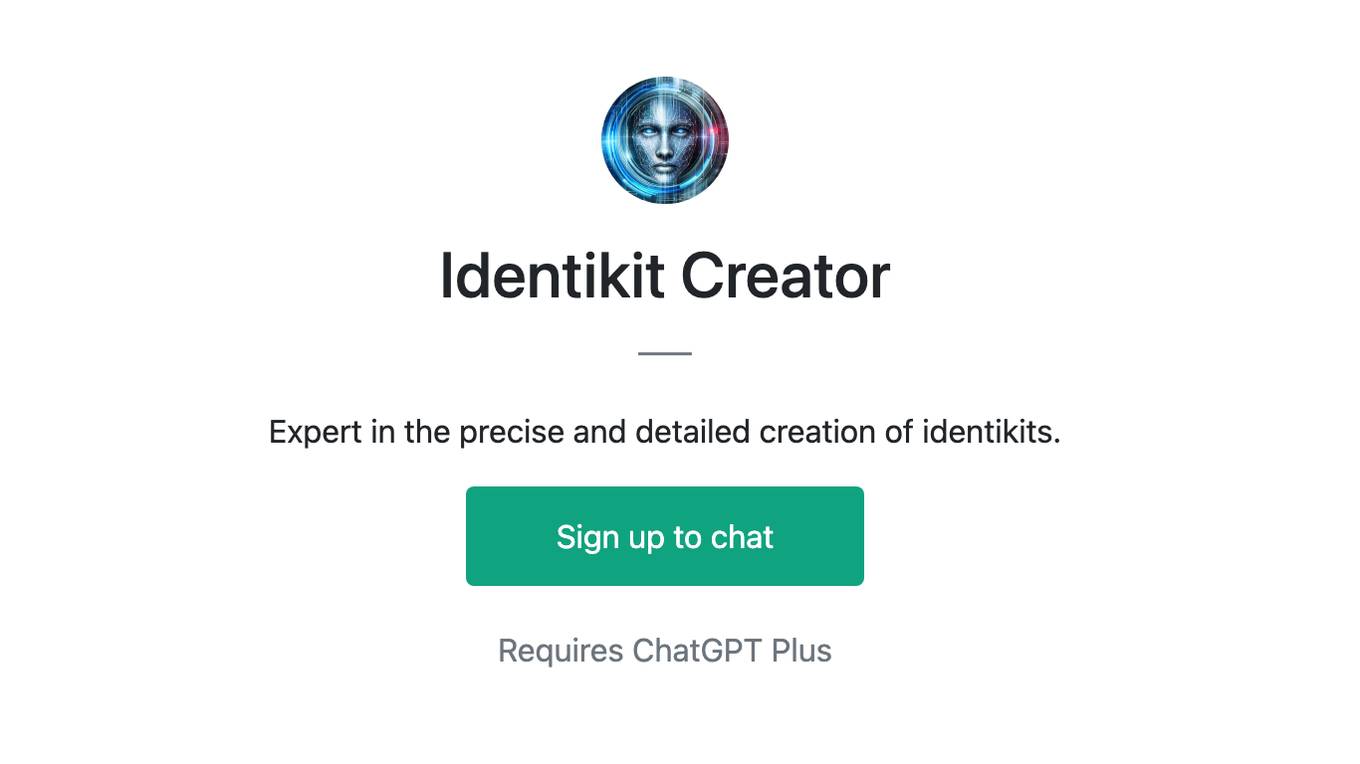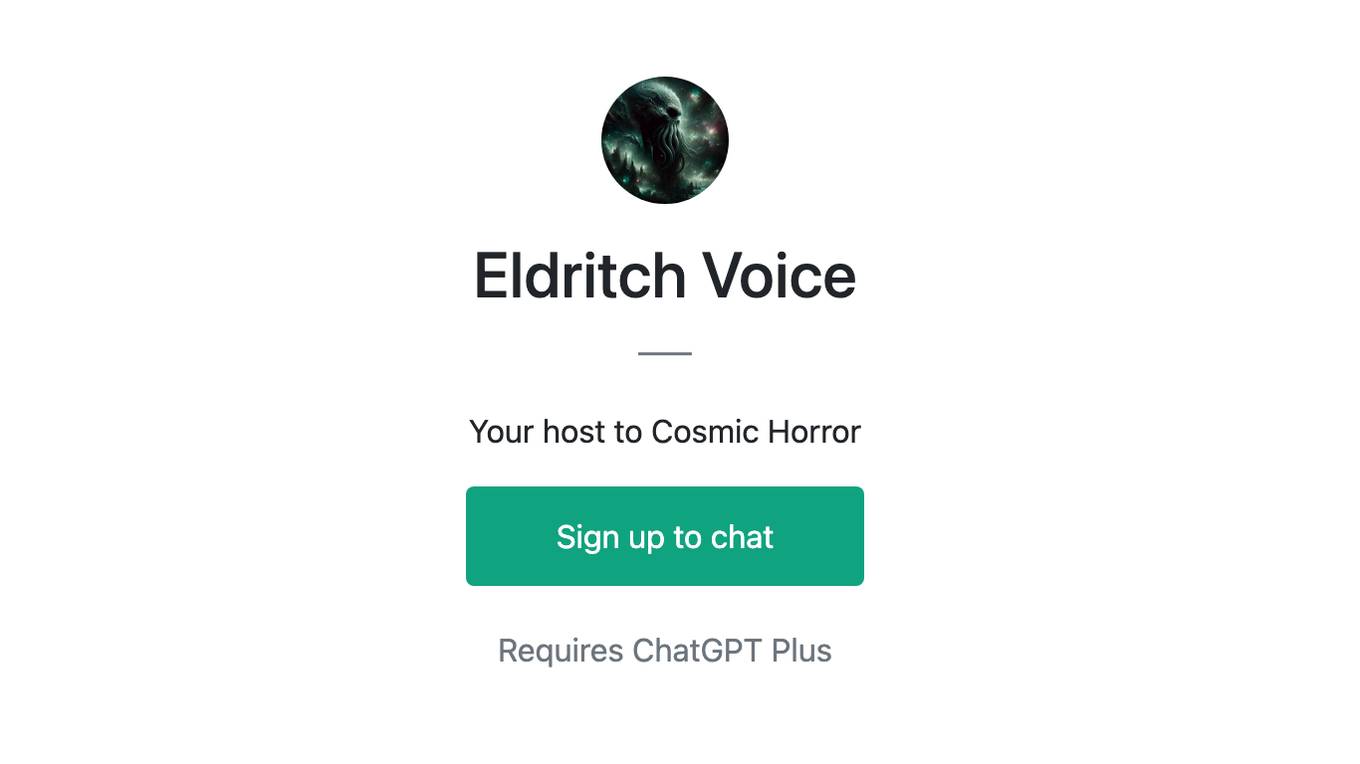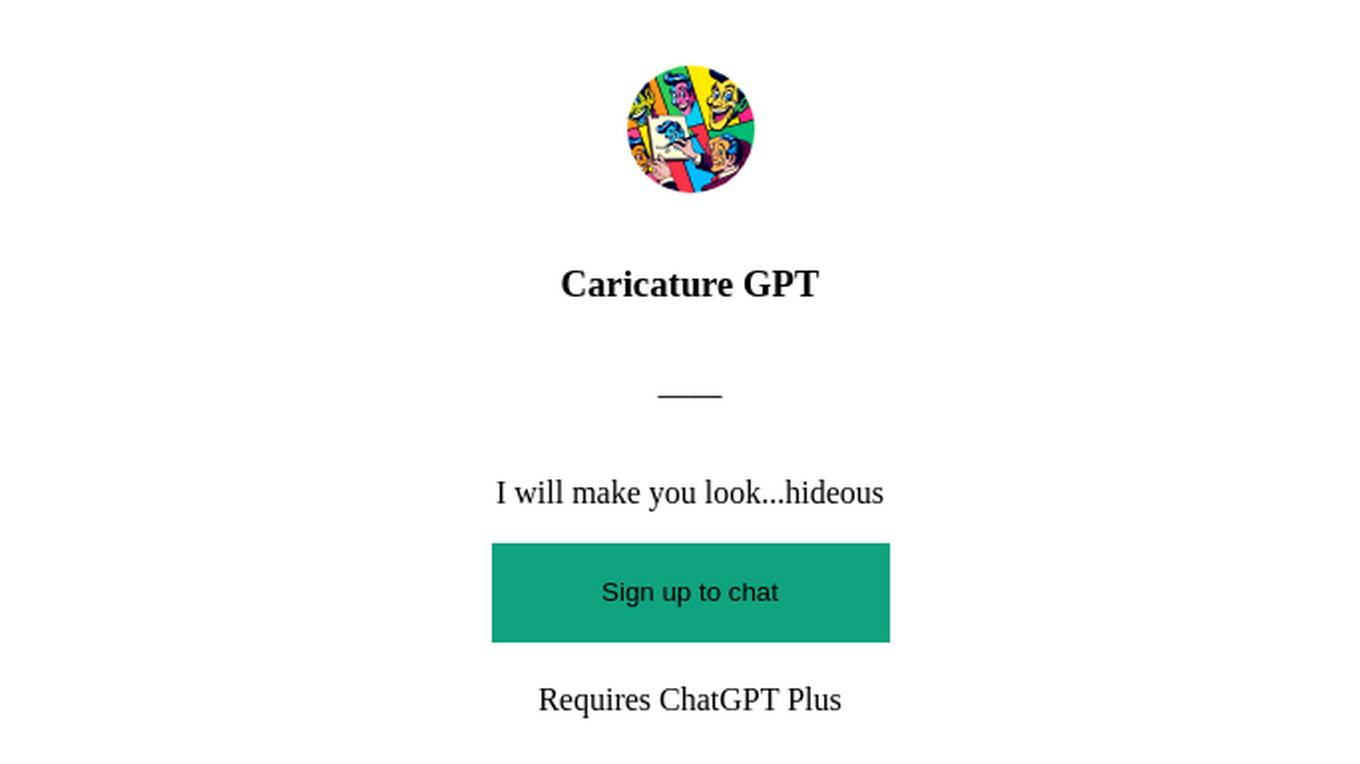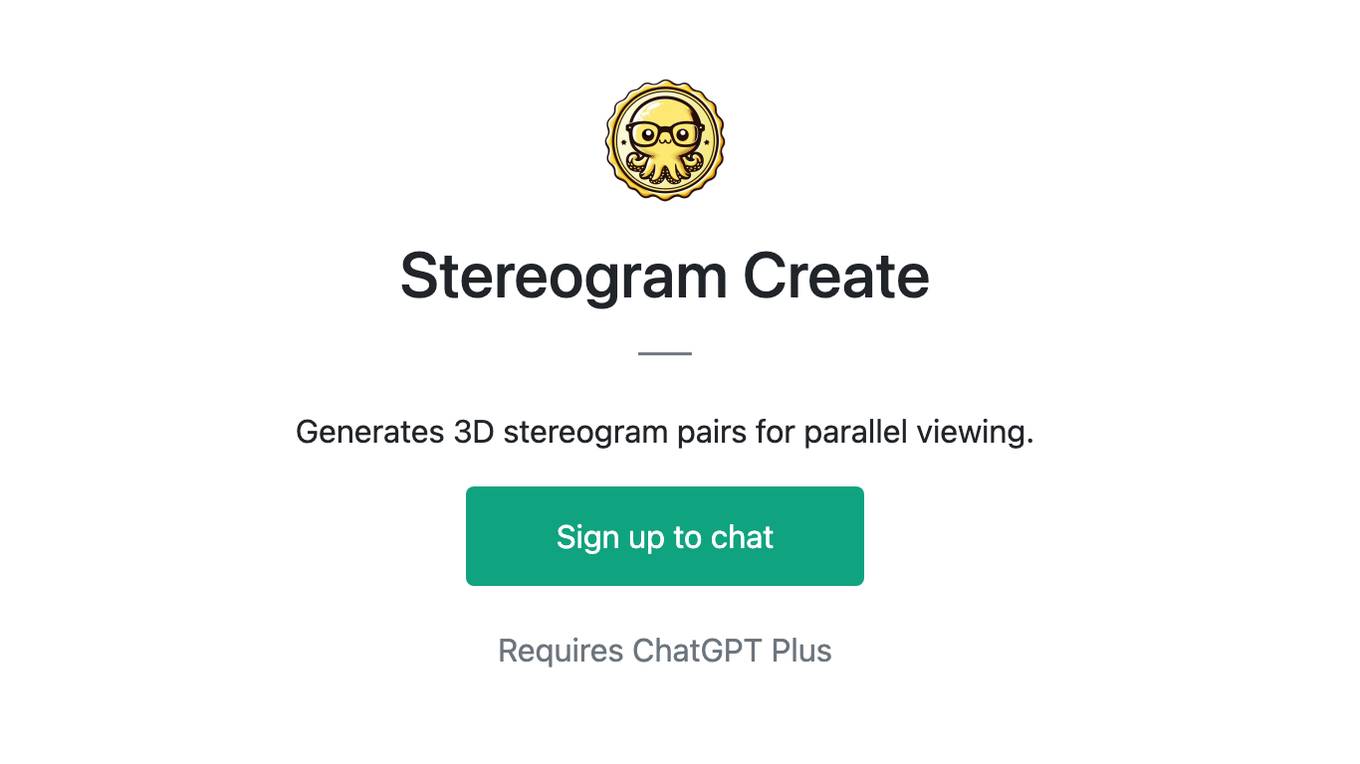Best AI tools for< Create Face Stickers >
20 - AI tool Sites
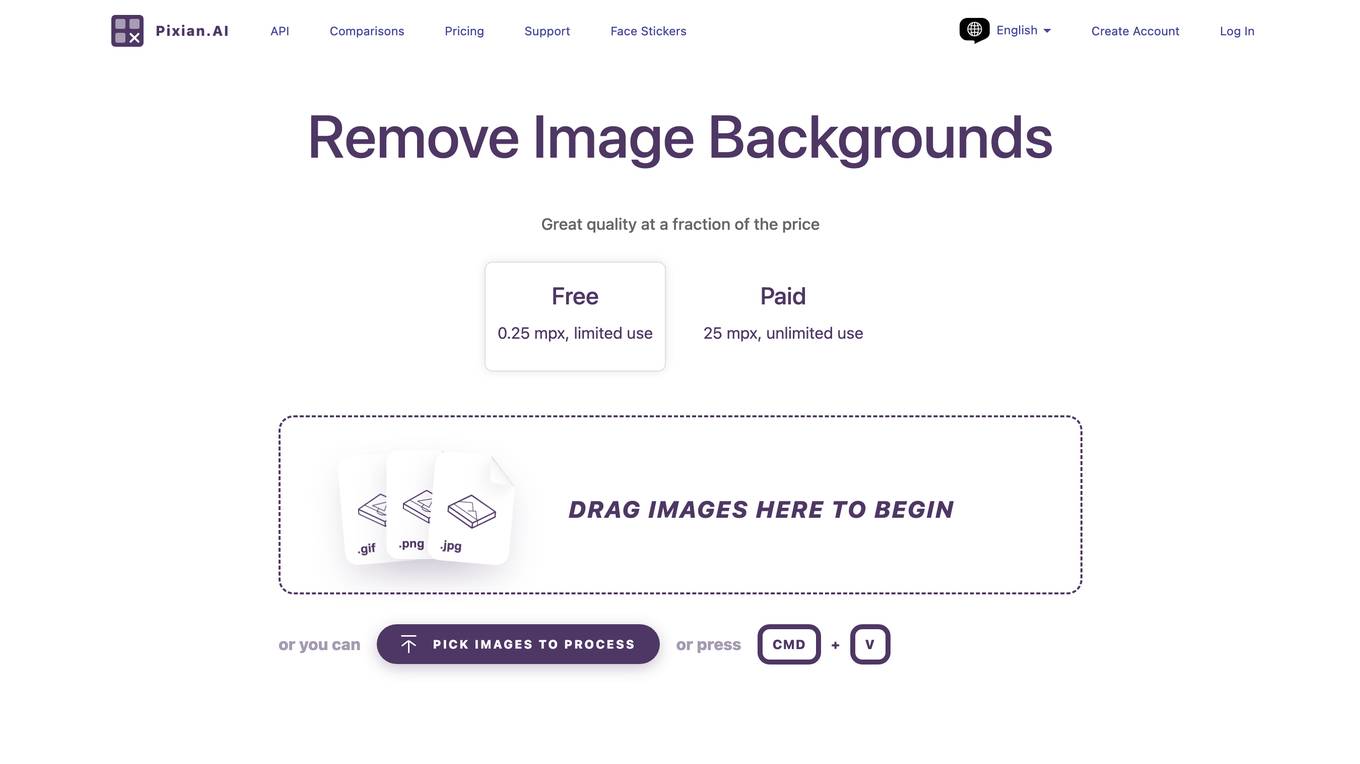
Pixian.AI
Pixian.AI is an AI tool that specializes in removing backgrounds from images. It offers a free service with no signup required, providing great quality results at an unbeatable price. Users can upload images, have the background removed, and download the edited image. The tool uses powerful GPUs and multi-core CPUs to analyze images efficiently. Pixian.AI also offers additional features such as creating face stickers and optimizing images. The application is designed to be user-friendly and efficient, catering to a wide range of image editing needs.

Stickerble
Stickerble is an all-in-one AI sticker app that allows users to create custom beautiful AI stickers in just minutes. With over 23,500 free HD AI stickers available, users can transform their ideas into visually stunning stickers using the latest open source AI image generation models. The app enables users to create personalized face stickers from selfies, design custom emoji stickers, generate multiple variations of stickers, and transfer styles to create unique blends. Stickerble is designed to be user-friendly and expressive, catering to individuals looking to add a personal touch to their digital communication.
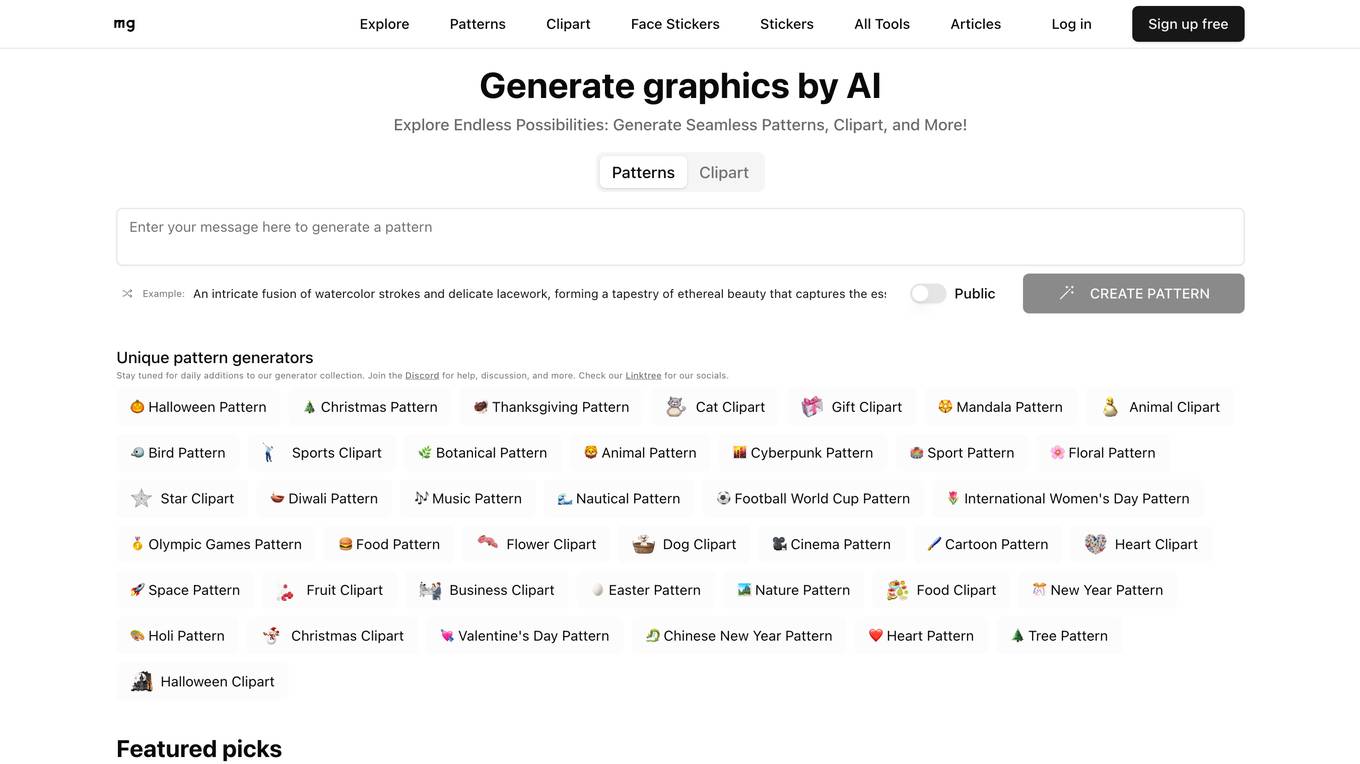
more.graphics
more.graphics is an AI-powered platform that offers a wide range of creative tools for generating graphics. Users can explore and create seamless patterns, clipart, face stickers, and more using advanced AI algorithms. The platform provides a fusion of metallic textures, flowing silhouettes, and various themed patterns to craft visually appealing designs. With daily additions to the generator collection, users can stay updated with new creative possibilities. Join the community on Discord for assistance, discussions, and more. Discover a variety of patterns and clipart options for different occasions and themes, from holidays to sports to nature.
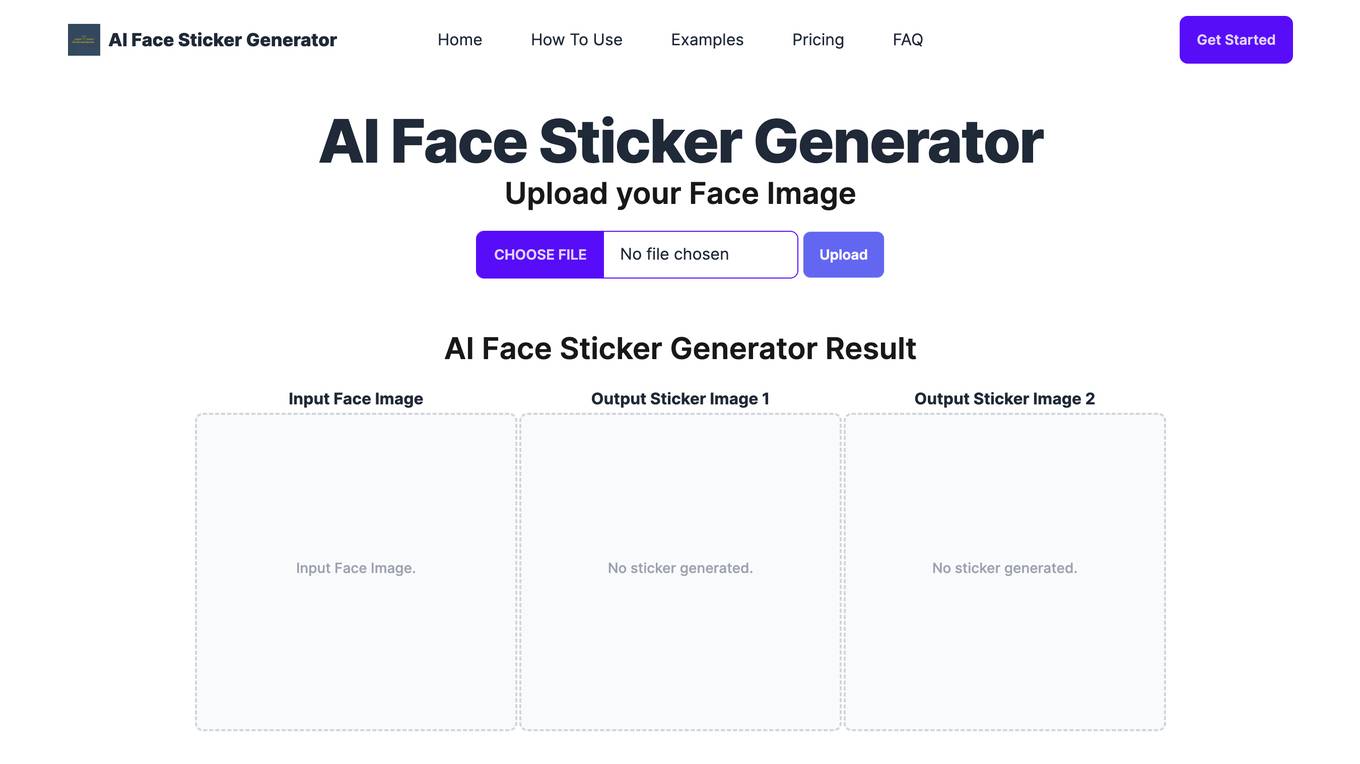
AI Face Sticker Generator
AI Face Sticker Generator is an online tool that allows you to convert your face images into stickers. With advanced AI technology, it automatically detects your facial features and creates high-quality stickers that you can use in various applications, such as social media, messaging apps, and video calls.

Image AI
Image AI is an all-in-one AI image platform that provides a wide range of AI image tools for users to create unlimited possibilities. Users can easily swap faces, convert photos to stickers, transform faces into different styles, restore blurry faces, upscale image resolution, reimagine existing images, recognize image content, convert text to images, remove backgrounds, watermarks, and text from images, and more. The platform offers high-quality results, easy-to-use interfaces, and smart AI technology for efficient and professional image editing.
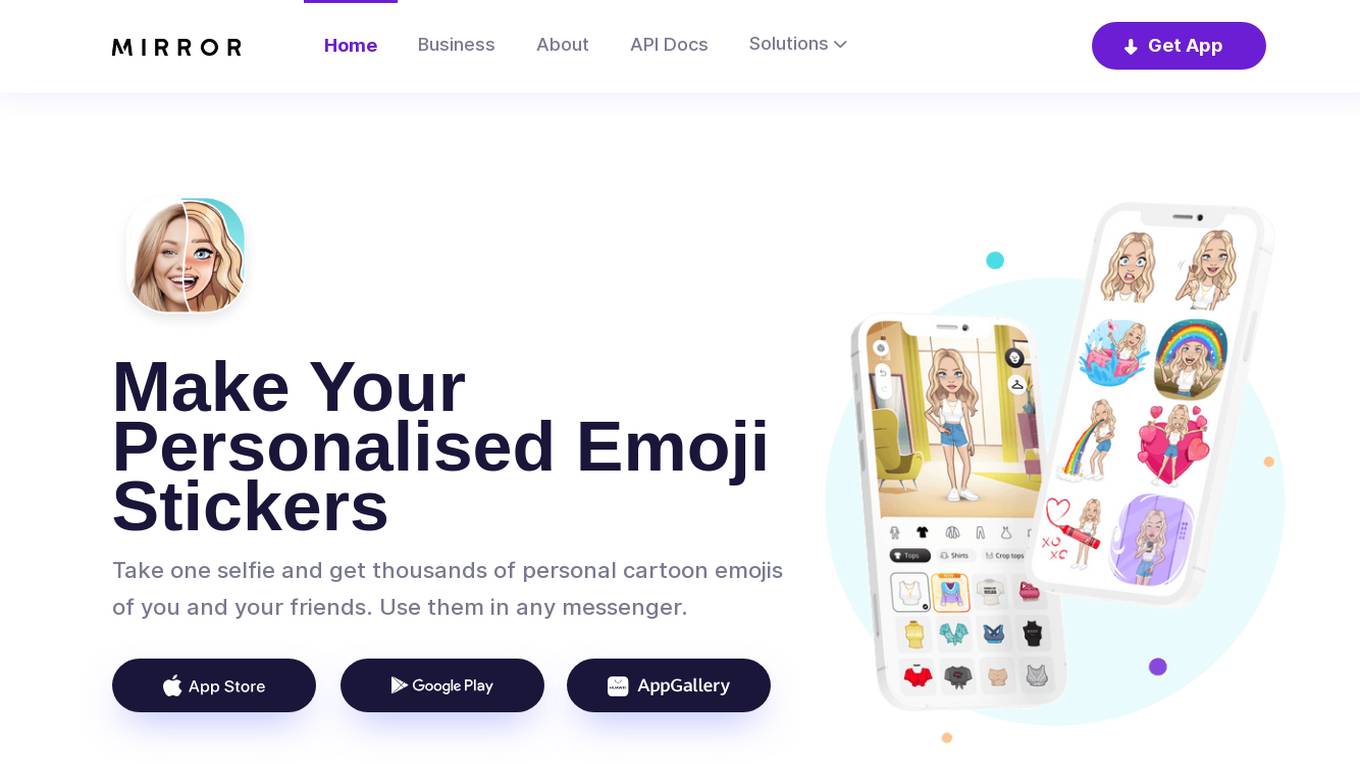
Mirror AI
Mirror AI is a mobile application that utilizes AI-powered face detection technology to generate personalized cartoon avatars and a vast collection of expressive stickers featuring the user's likeness. These stickers can be seamlessly integrated into popular messaging apps, adding a fun and personal touch to communication. Mirror AI's advanced features include the ability to customize avatars with various clothing, hairstyles, accessories, and skin tones, ensuring a truly unique representation. Additionally, the app offers multi-language support and a wide range of emotions for avatars, enabling users to convey their feelings effectively. Mirror AI is committed to user privacy and security, employing robust encryption measures and adhering to strict privacy policies.
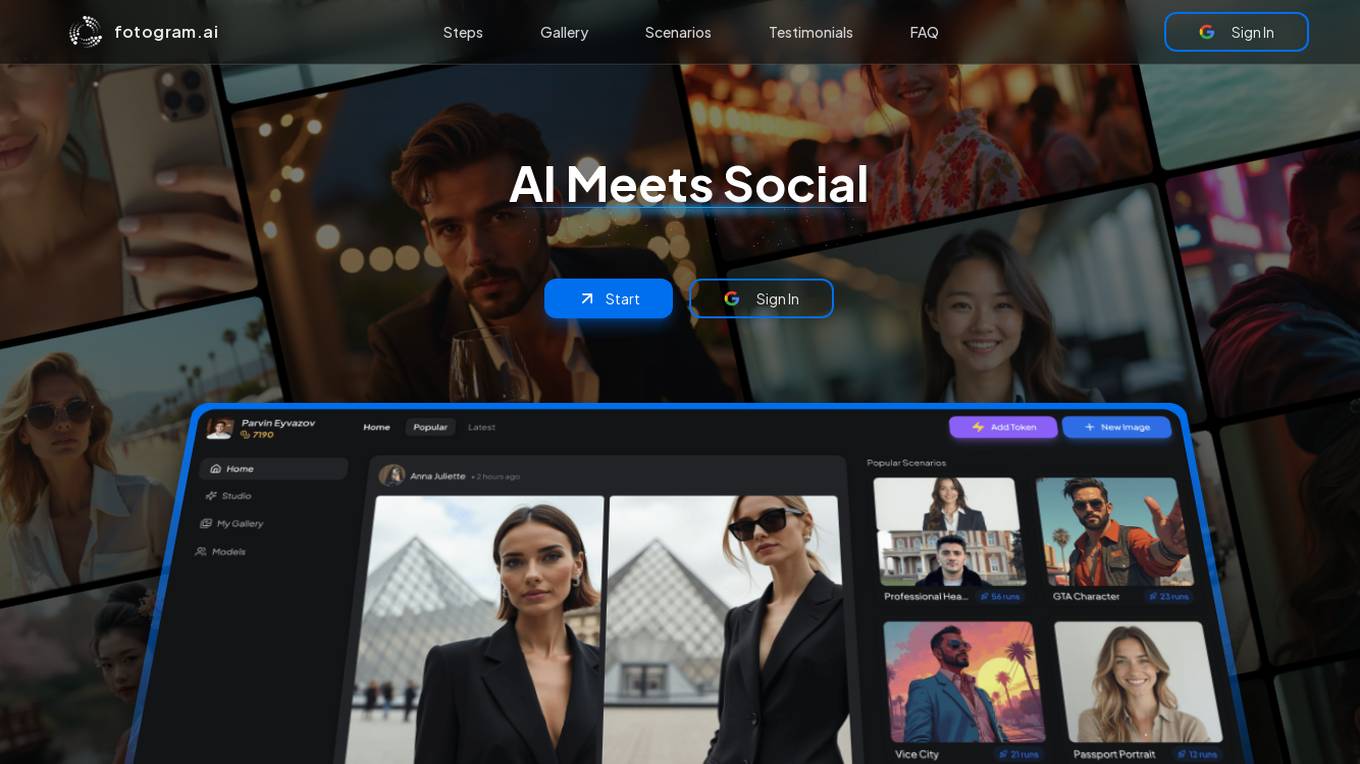
Fotogram.ai
Fotogram.ai is an AI-powered image editing tool that offers a wide range of features to enhance and transform your photos. With Fotogram.ai, users can easily apply filters, adjust colors, remove backgrounds, add effects, and retouch images with just a few clicks. The tool uses advanced AI algorithms to provide professional-level editing capabilities to users of all skill levels. Whether you are a photographer looking to streamline your workflow or a social media enthusiast wanting to create stunning visuals, Fotogram.ai has you covered.
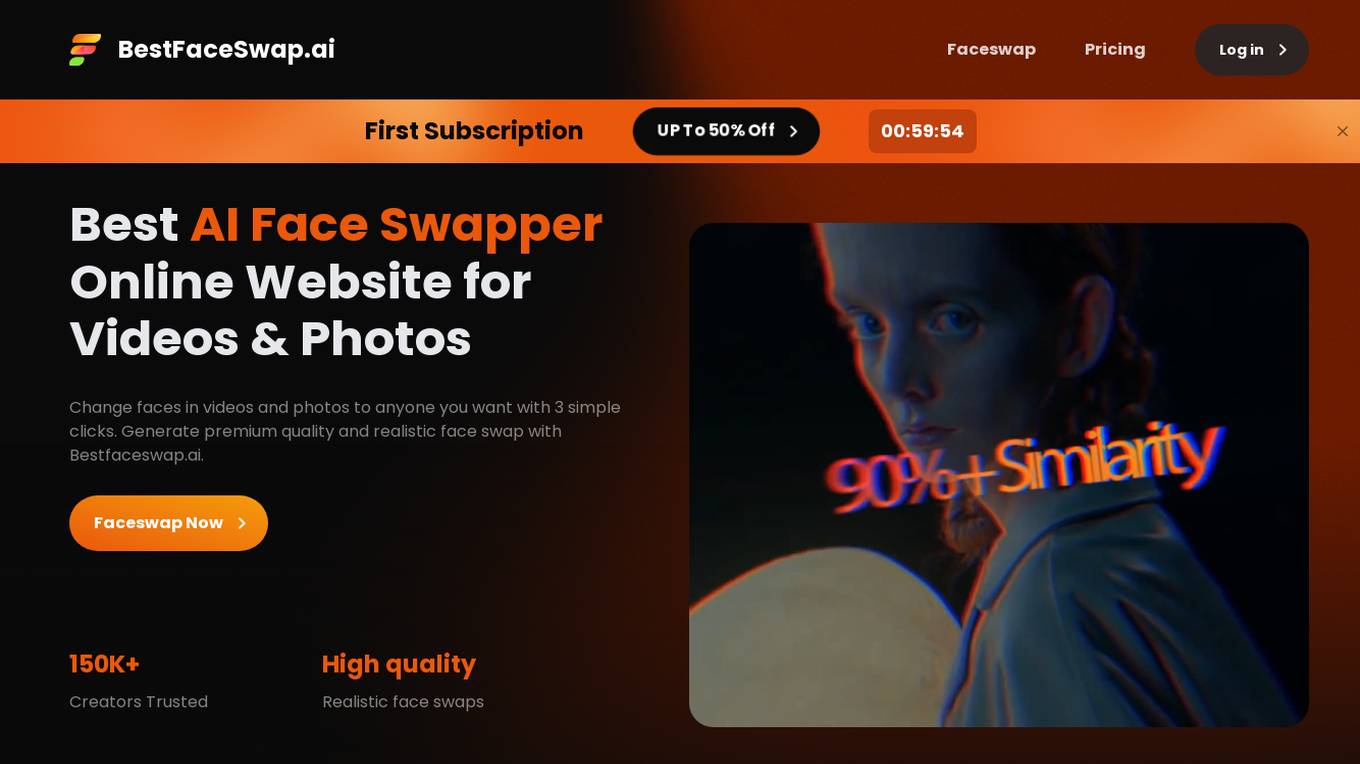
BestFaceSwap.ai
BestFaceSwap.ai is an AI-powered online tool for face swapping in videos and photos. It allows users to change faces in videos and photos with just 3 simple clicks, generating premium quality and realistic face swaps. With over 150K creators trusting the platform, BestFaceSwap.ai offers high-quality and realistic face swapping capabilities for various creative projects.

Wefaceswap
Wefaceswap is an AI-powered face swap app that allows users to create realistic face swaps in photos, videos, and GIFs. It is a cloud-based service that is easy to use and requires no installation. Wefaceswap offers a variety of features, including the ability to upload your own images or videos, choose from a library of pre-made templates, and adjust the intensity of the face swap. The app also offers a variety of tools for editing your face swaps, such as the ability to crop, rotate, and resize your images. Wefaceswap is a great tool for creating fun and unique content for social media, marketing, or personal use.
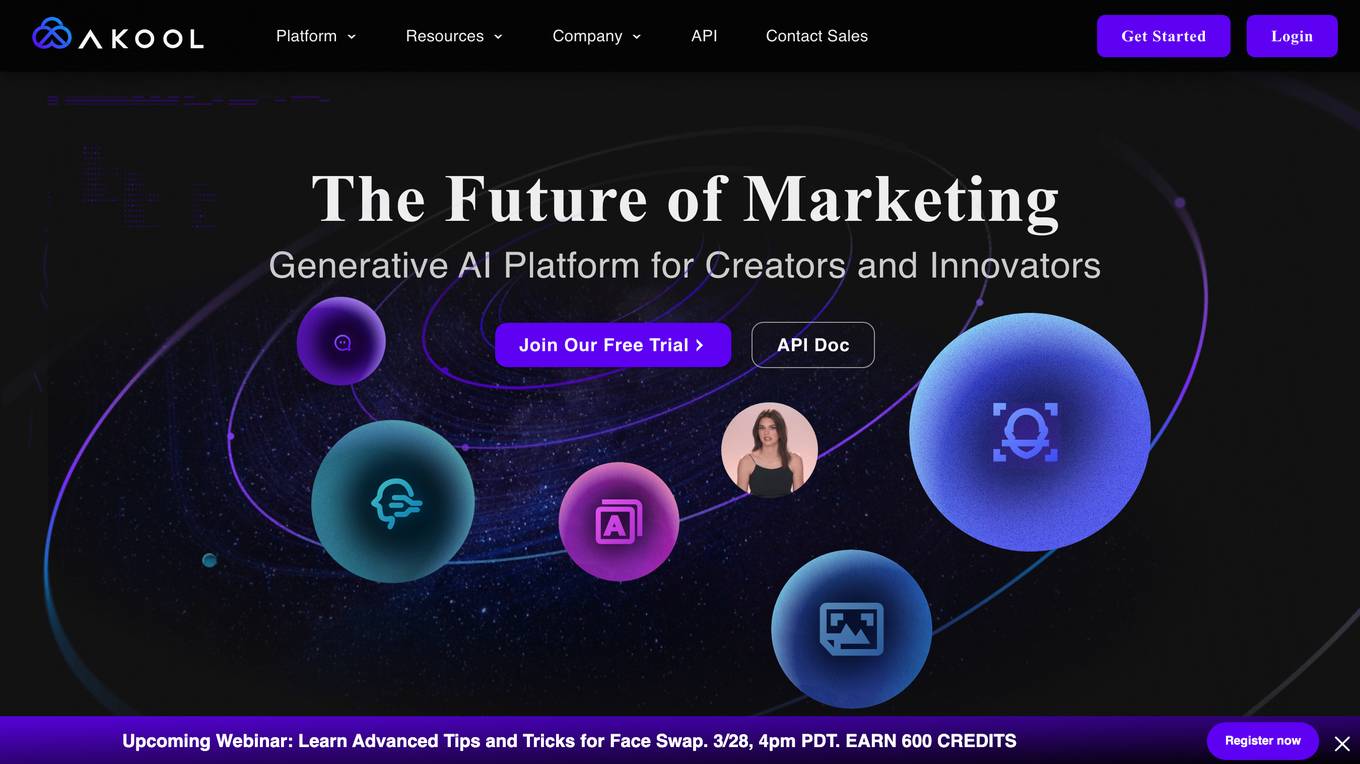
Akool
Akool is a comprehensive AI-powered marketing suite that provides a range of tools for content creation, including face swap, background change, realistic avatars, talking photos, and image generation. It offers a user-friendly interface, advanced AI models, and customizable options to help marketers create engaging and personalized content for various marketing channels.
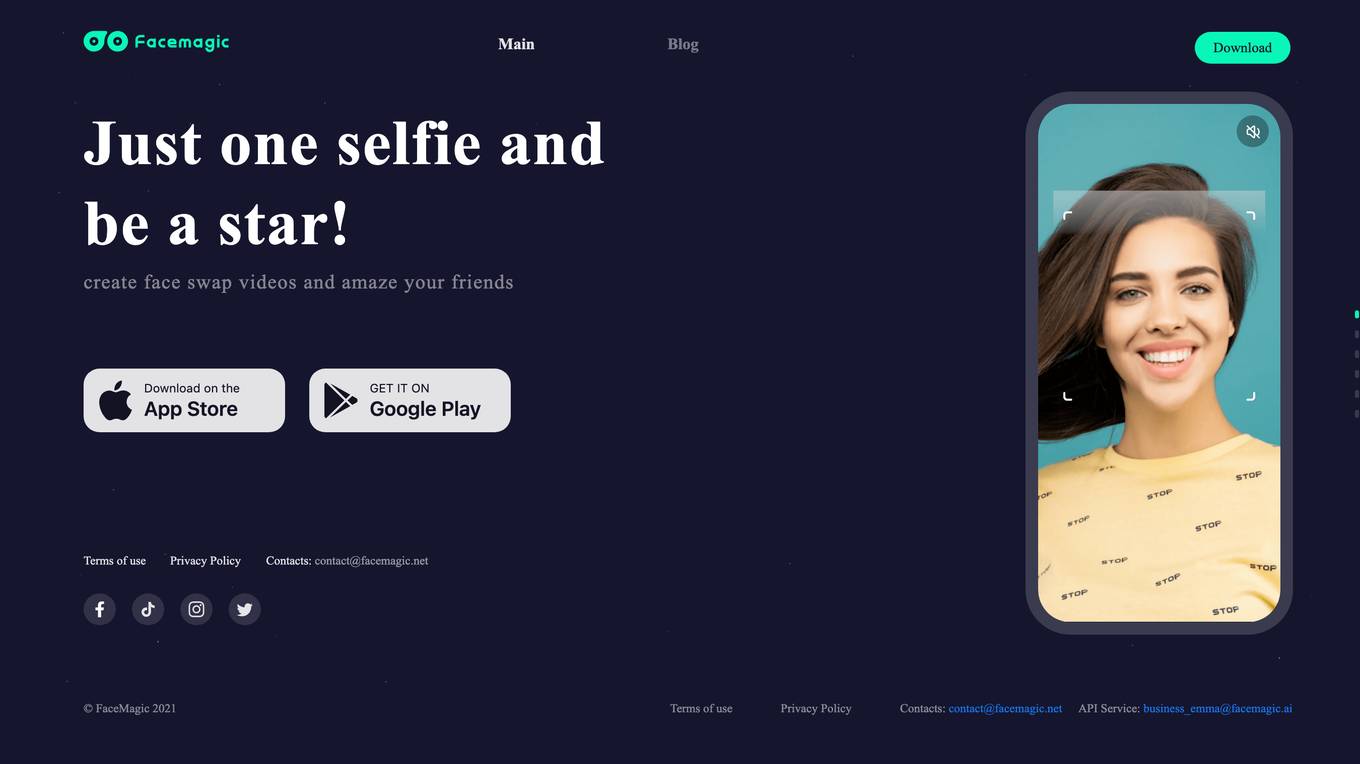
FaceMagic
FaceMagic is an AI-powered face swap app that allows users to create realistic face swap videos with just a selfie. With advanced face recognition technology and deep neural network processing, FaceMagic delivers astonishing face swap results in just a few seconds. Users can choose from a wide range of in-app resources or upload their own videos, photos, or GIFs to create custom face swaps. FaceMagic also allows users to swap multiple faces at a time, making it perfect for creating group face swap videos. The app is available on both iOS and Android devices.
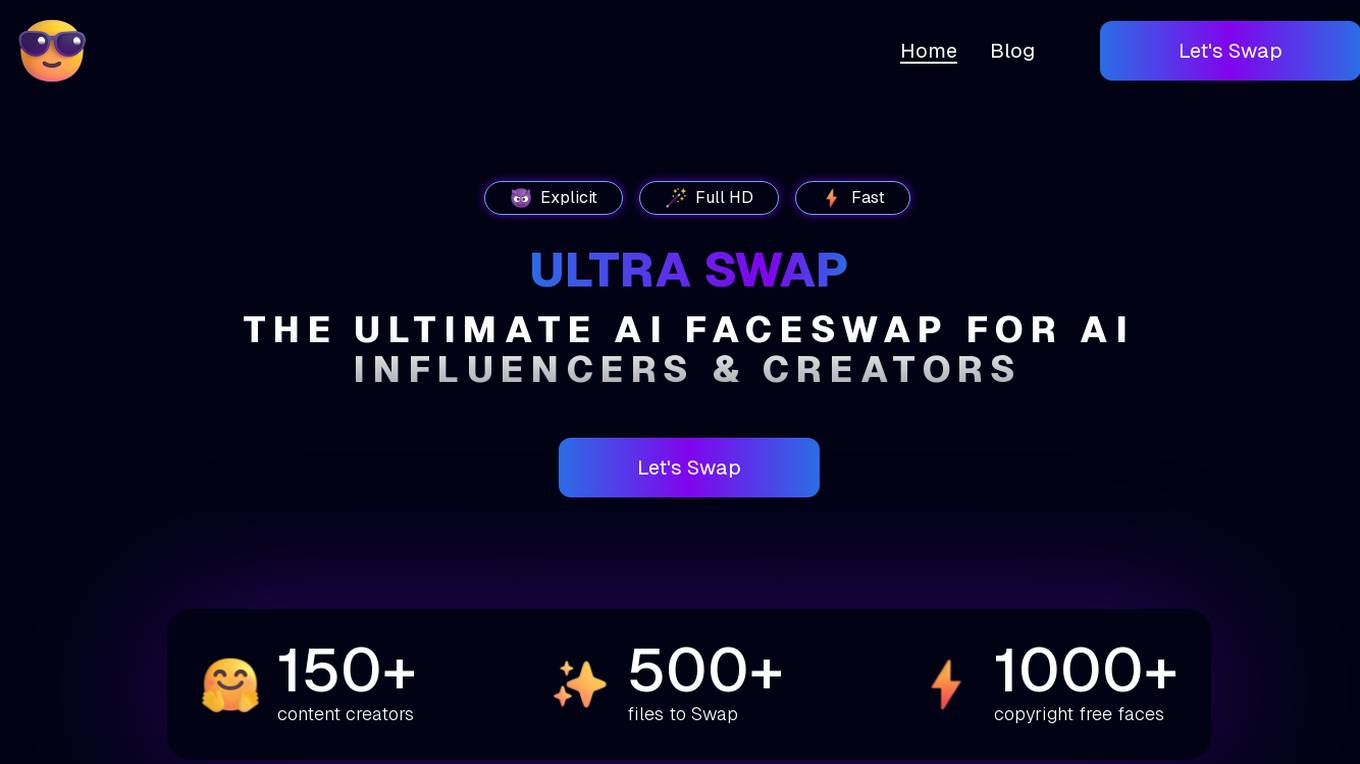
UltraSwap
UltraSwap is an AI-powered face-swapping tool designed for content creators and influencers. It allows users to create realistic and high-quality face-swapped videos and images with just a few clicks. The tool is easy to use and offers a wide range of features, including full HD deepfakes, fast processing, bulk uploading, and a free face library. UltraSwap is perfect for creating engaging and shareable content for social media, marketing campaigns, and more.
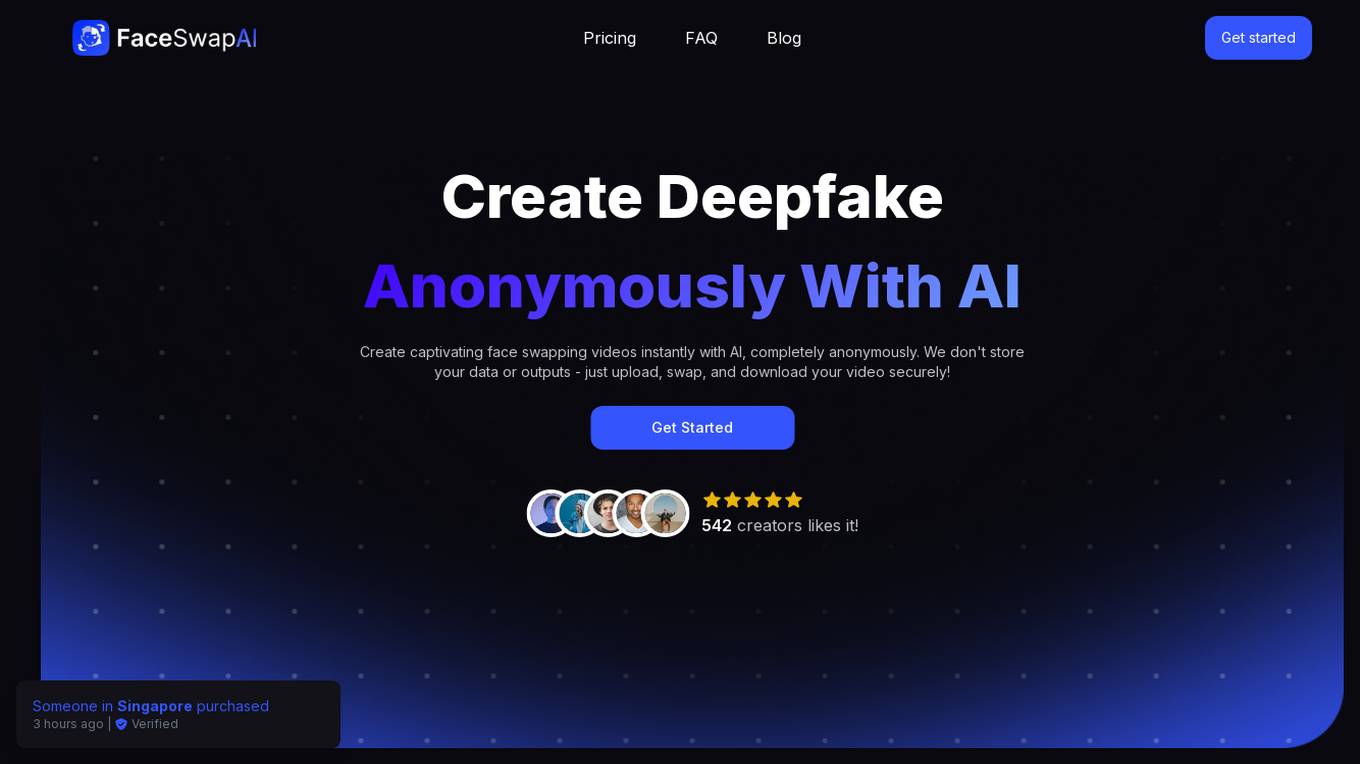
Face Swap AI
Face Swap AI is an AI application that allows users to create captivating face swapping videos instantly and completely anonymously. The tool uses advanced algorithms for face recognition, feature matching, and smooth blending to swap faces in videos. Users can swap faces with any person they want, protect their identity, and even become influencers without showing their real face. Face Swap AI offers different pricing plans with features like private generations, YouTube video upload, 4K/HD video export, tutorials, commercial license, and unlimited support tickets.
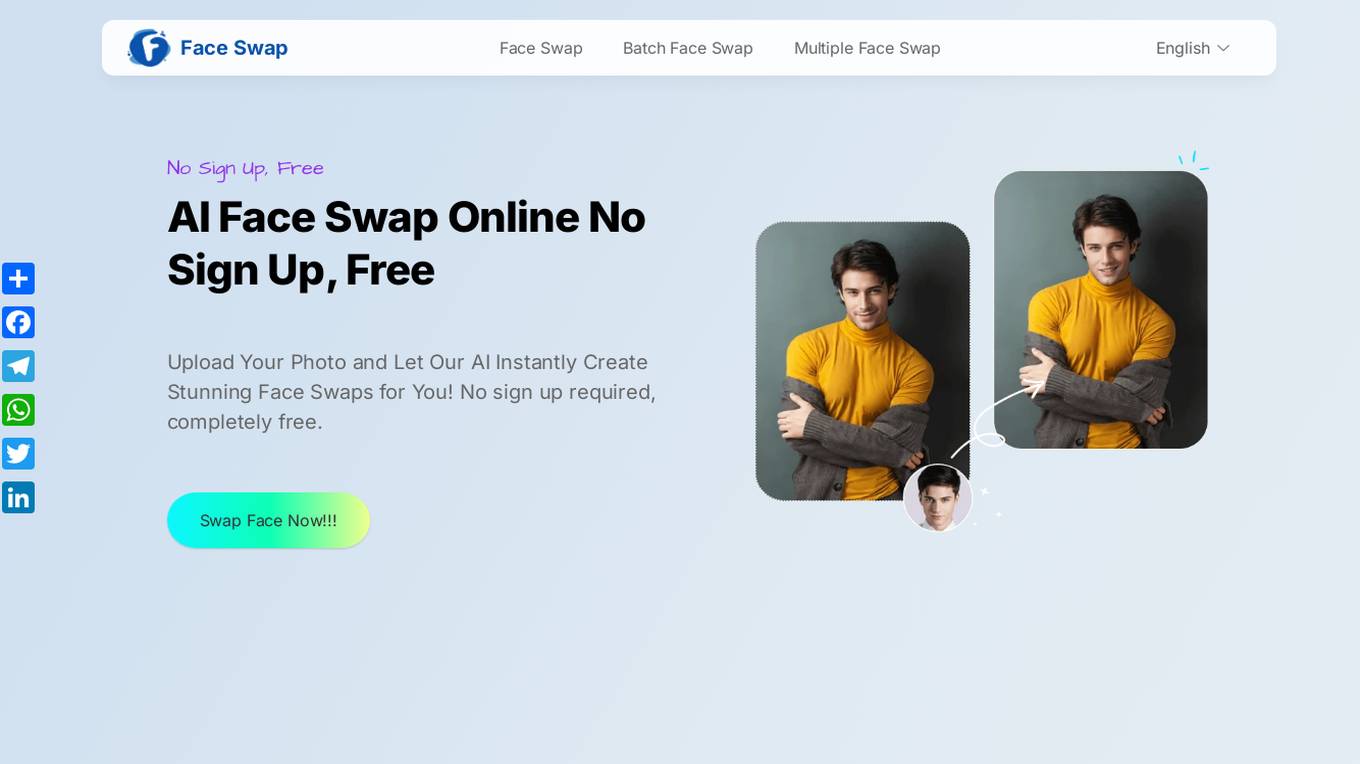
AI Face Swap Online
AI Face Swap Online is a free AI application that allows users to swap faces in photos and videos effortlessly. Users can upload their photos, select target faces, and let the advanced AI technology create stunning face swaps. The tool offers features like single face swap, multiple face swap, meme face swap, and swapping faces with anyone. It ensures user privacy and security by not storing any uploaded data and provides high-quality results with fast processing speed.
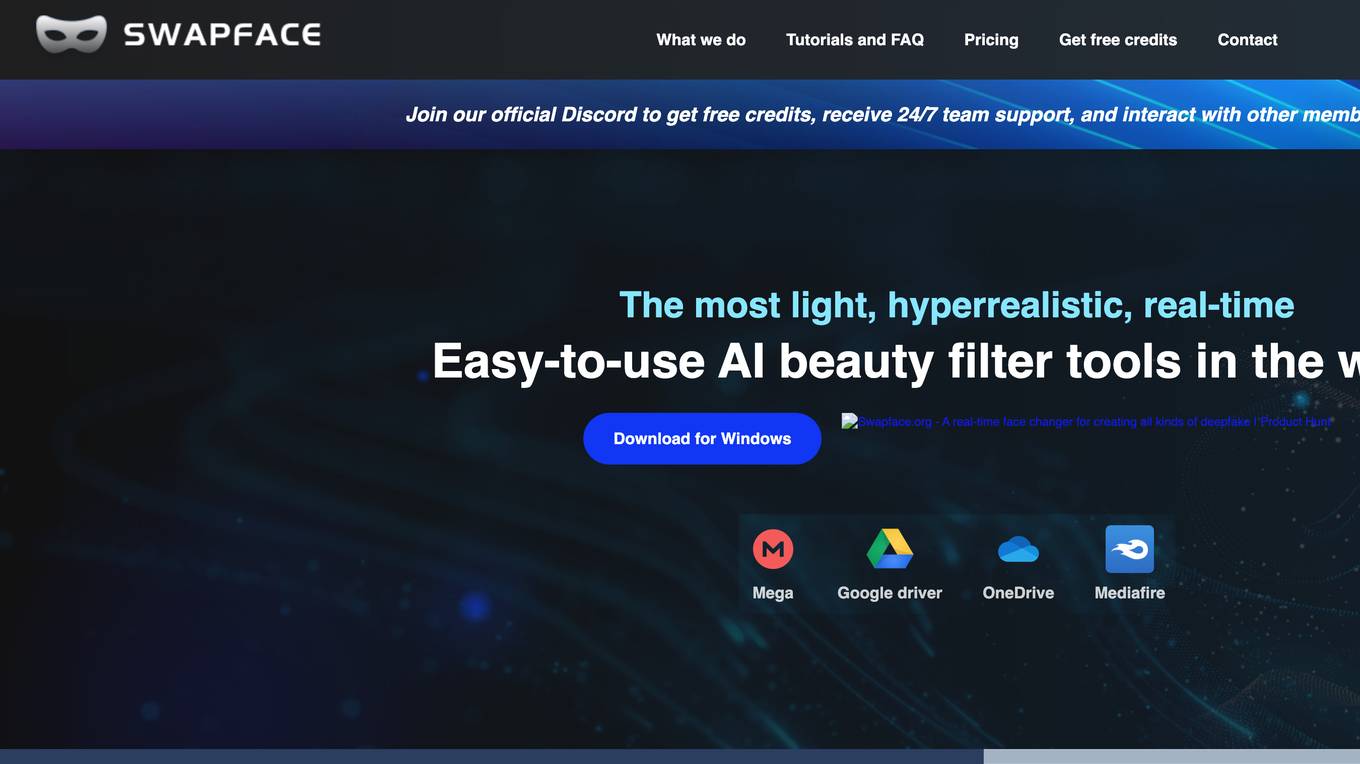
Swapface
Swapface is an AI-powered face swapping app that lets you create realistic face swaps with just a few taps. With Swapface, you can swap your face with celebrities, friends, or even animals. The app uses advanced artificial intelligence to seamlessly blend your face onto another person's body, creating hilarious and shareable results.

Beautyai
Beautyai is a web service that offers the highest quality Faceswap and Deepfake technology, accessible to anyone. Users can easily create realistic face swaps and deepfake videos with just a few clicks. The platform provides advanced AI algorithms to seamlessly blend faces onto different bodies or scenes, resulting in convincing and entertaining content. Beautyai empowers users to explore the creative possibilities of AI-driven image manipulation in a user-friendly and intuitive manner.
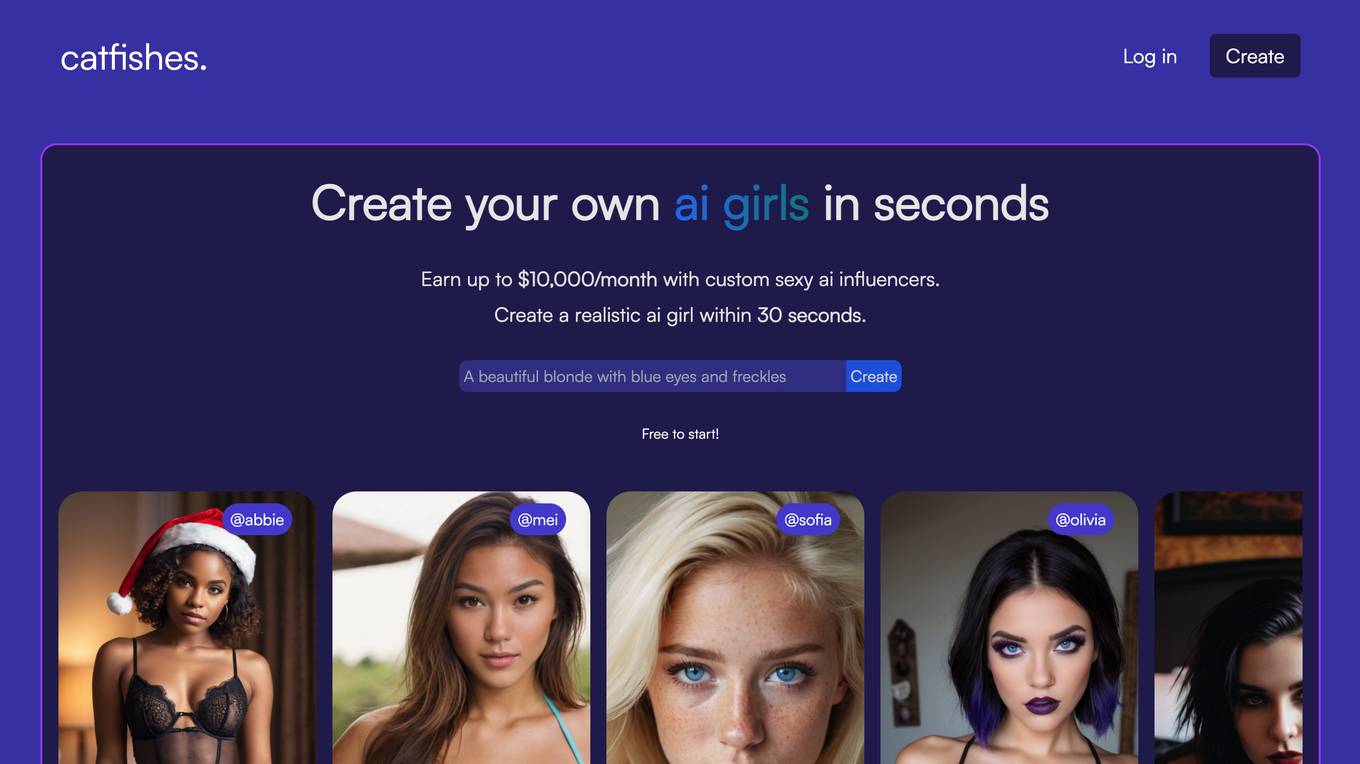
Catfishes
Catfishes is an AI-powered tool that allows users to create realistic AI girls in seconds. With Catfishes, you can create custom AI influencers and earn up to $10,000 per month. Catfishes is easy to use and requires no prior experience with AI or image editing. Simply create a face for your AI girl with a simple prompt, and Catfishes will generate realistic images of your AI girl in any pose or environment. Catfishes is the perfect tool for anyone looking to create unique and engaging AI art.
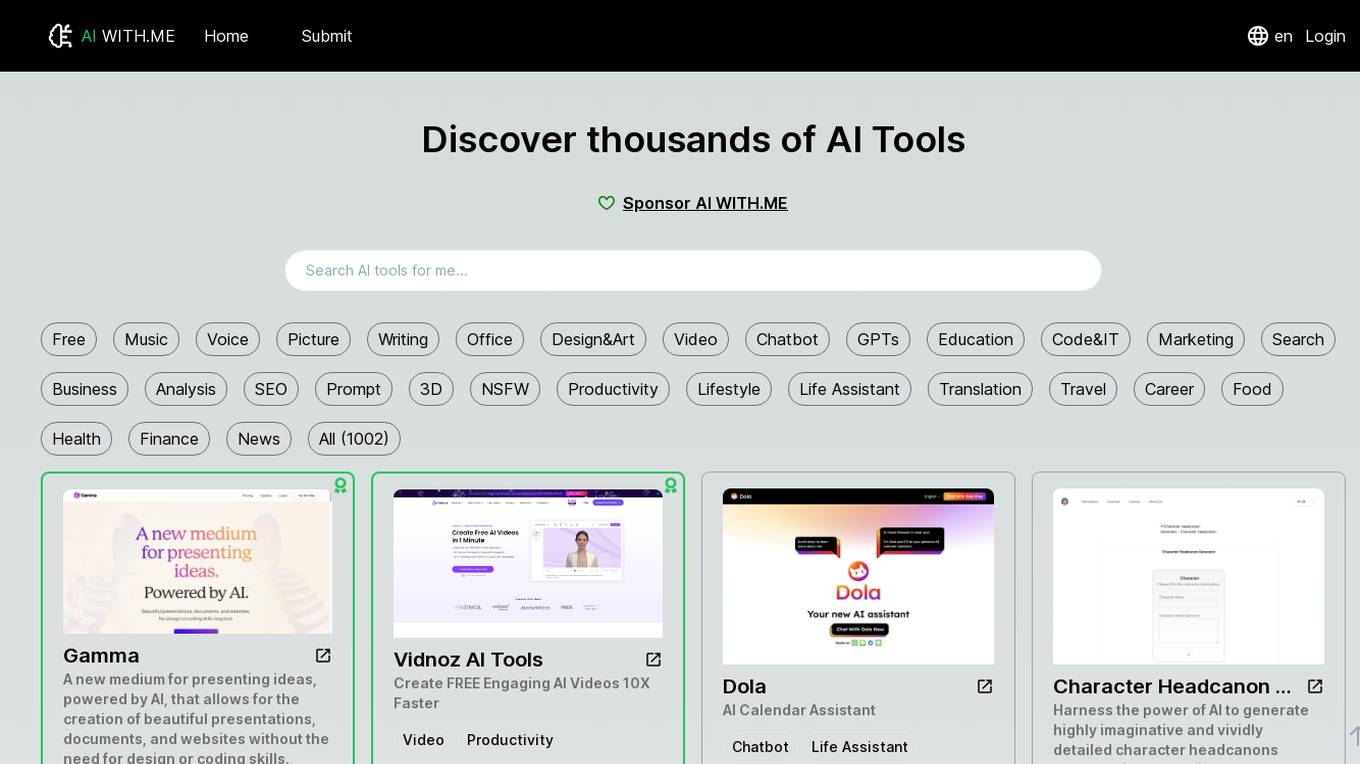
AI WITH.ME
AI WITH.ME is a platform that offers a wide range of AI tools for various purposes such as music, writing, office productivity, design, art, chatbots, education, code, IT, marketing, business analysis, SEO, and more. Users can access tools like Gamma for creating presentations without design or coding skills, Vidnoz for creating engaging AI videos, MarsCode for AI-integrated IDE, Dosu for GitHub repo assistance, and many more. The platform harnesses the power of AI to provide innovative solutions for different tasks and industries.
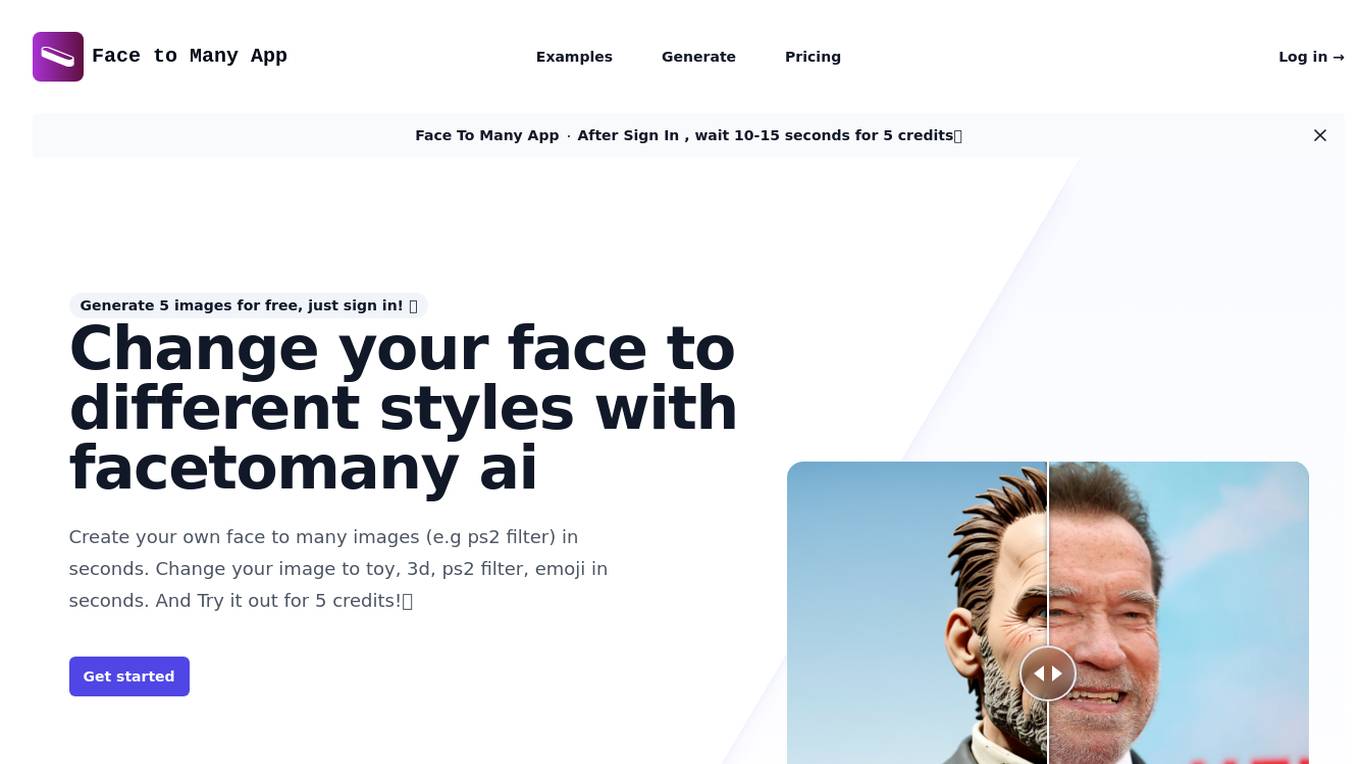
Face To Many
Face To Many is an AI-powered image generator that allows users to create multiple styles of their own images. With Face To Many, you can easily change your image to toy, 3d, ps2 filter, emoji in seconds. It is simple to use, just upload your image and describe what your image will be (a short prompt), Face To Many will generate image for you. Face To Many offers high quality for its images, and you can download it for free once you generate it!
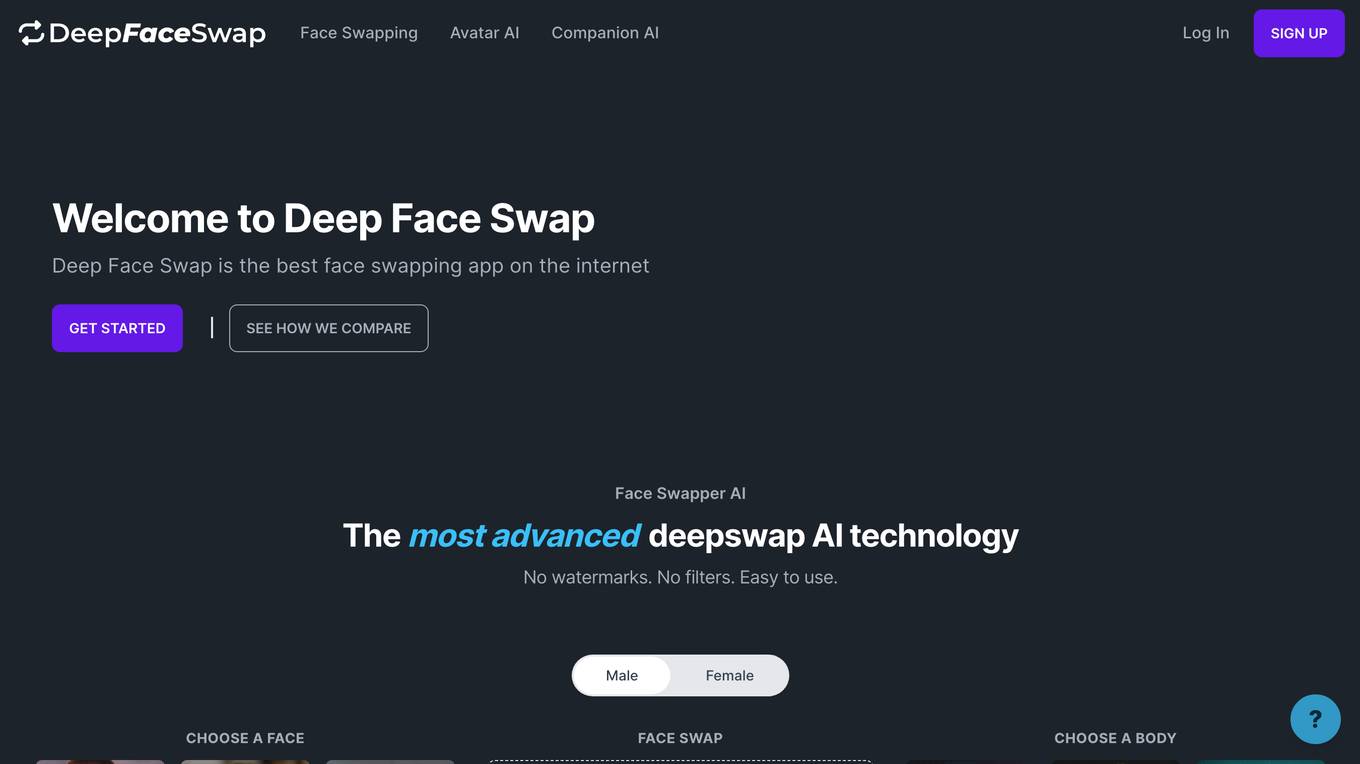
Deep Face Swap
Deep Face Swap is an online face swapping application that utilizes advanced AI technology to seamlessly swap faces in images. It offers a user-friendly interface with no watermarks or filters, making it easy for users to create AI-generated face swaps and avatars. Additionally, the application provides a unique feature called Companion AI, allowing users to interact with an AI-powered chatbot. Deep Face Swap is free to use for swapping 5 photos a day, with the option to upgrade to a premium plan for more features. The platform prioritizes user privacy by deleting all data and images permanently after 2 weeks.
20 - Open Source AI Tools
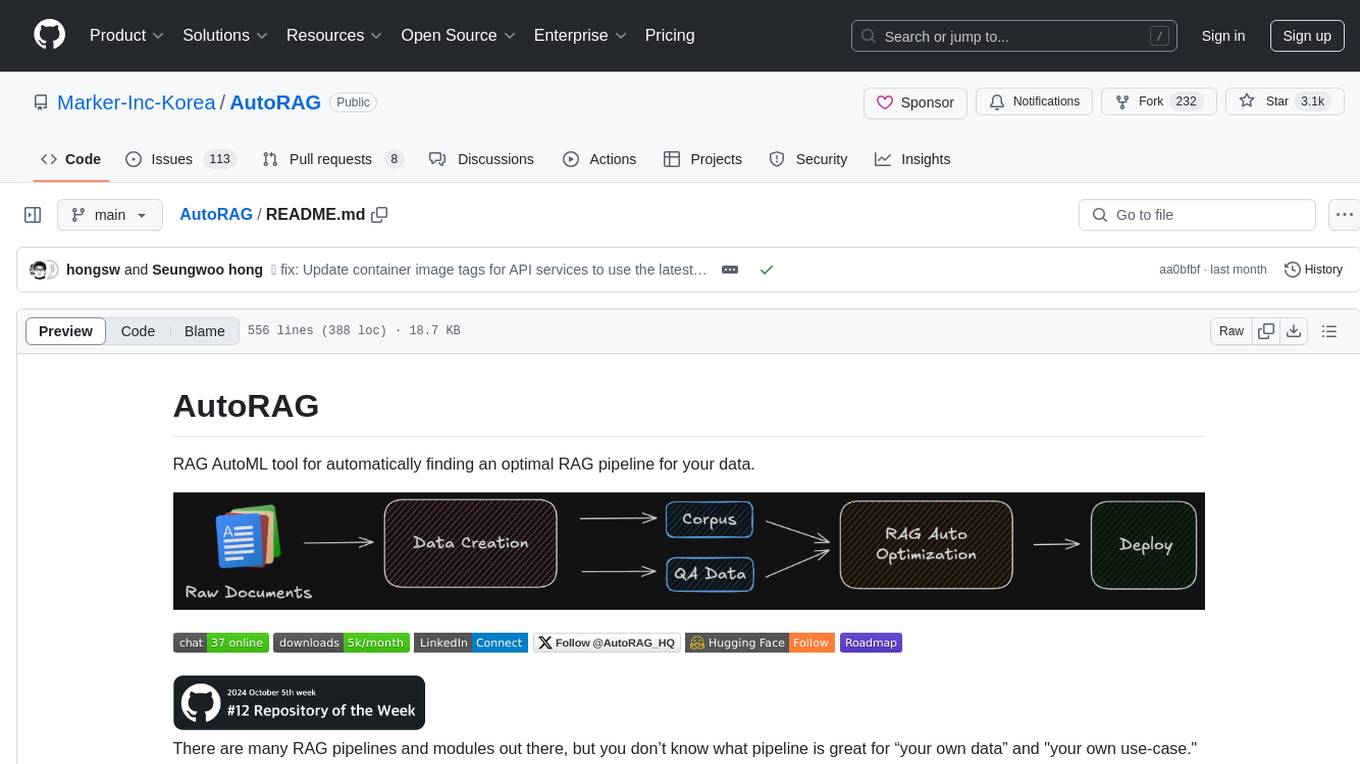
AutoRAG
AutoRAG is an AutoML tool designed to automatically find the optimal RAG pipeline for your data. It simplifies the process of evaluating various RAG modules to identify the best pipeline for your specific use-case. The tool supports easy evaluation of different module combinations, making it efficient to find the most suitable RAG pipeline for your needs. AutoRAG also offers a cloud beta version to assist users in running and optimizing the tool, along with building RAG evaluation datasets for a starting price of $9.99 per optimization.
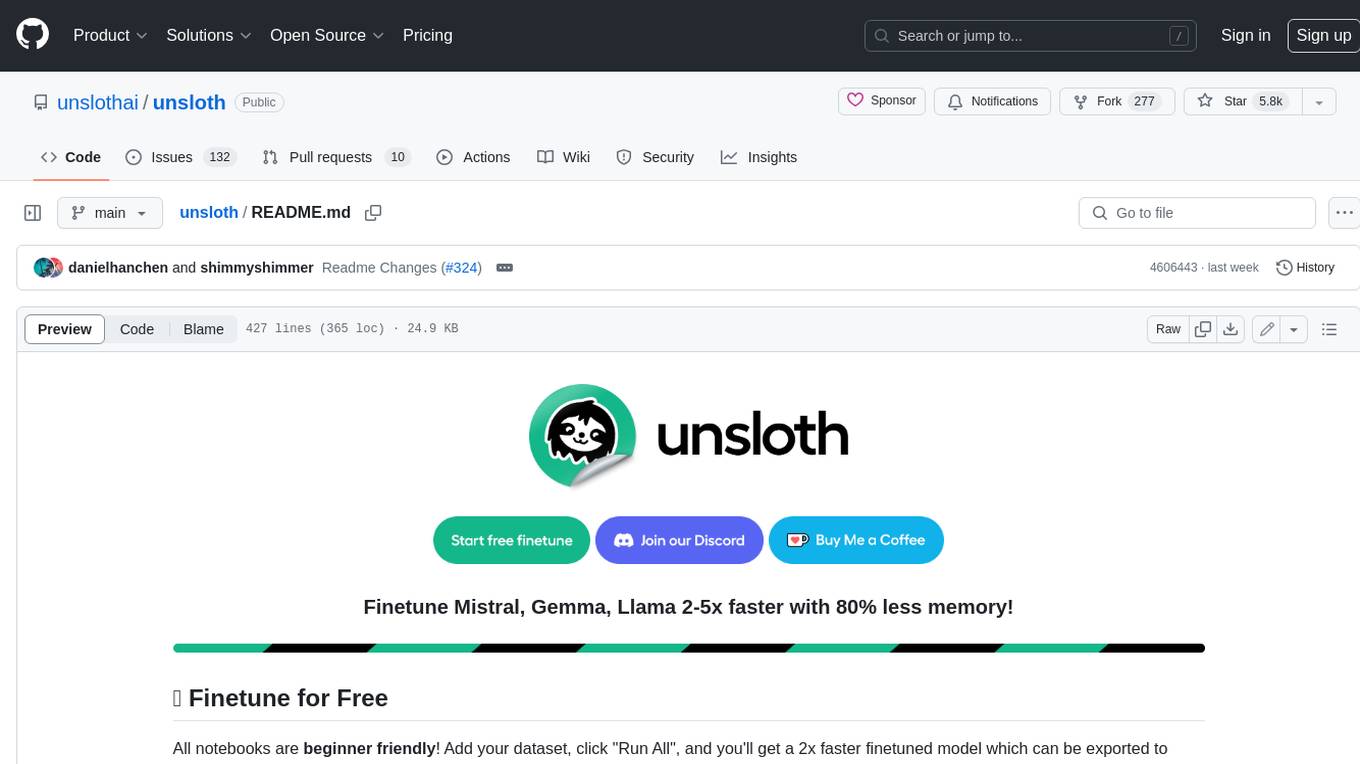
unsloth
Unsloth is a tool that allows users to fine-tune large language models (LLMs) 2-5x faster with 80% less memory. It is a free and open-source tool that can be used to fine-tune LLMs such as Gemma, Mistral, Llama 2-5, TinyLlama, and CodeLlama 34b. Unsloth supports 4-bit and 16-bit QLoRA / LoRA fine-tuning via bitsandbytes. It also supports DPO (Direct Preference Optimization), PPO, and Reward Modelling. Unsloth is compatible with Hugging Face's TRL, Trainer, Seq2SeqTrainer, and Pytorch code. It is also compatible with NVIDIA GPUs since 2018+ (minimum CUDA Capability 7.0).
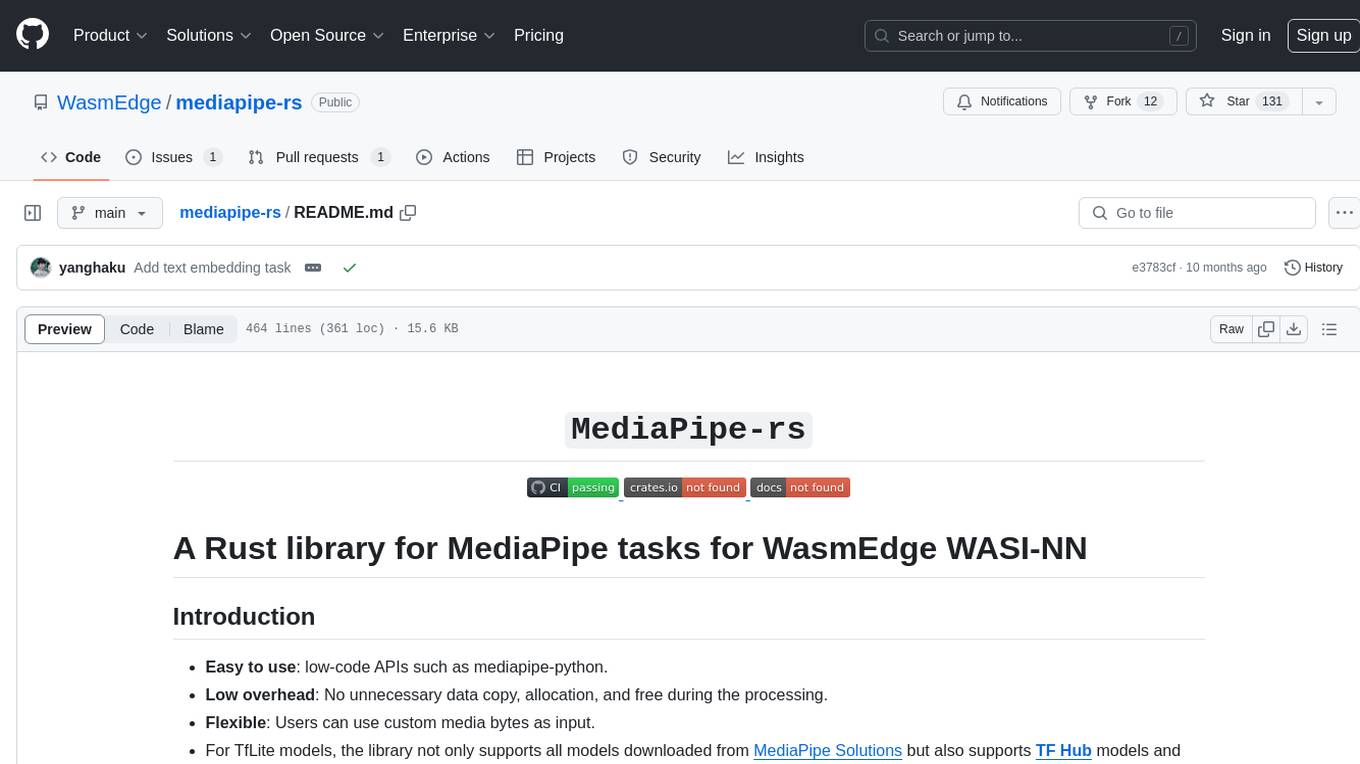
mediapipe-rs
MediaPipe-rs is a Rust library designed for MediaPipe tasks on WasmEdge WASI-NN. It offers easy-to-use low-code APIs similar to mediapipe-python, with low overhead and flexibility for custom media input. The library supports various tasks like object detection, image classification, gesture recognition, and more, including TfLite models, TF Hub models, and custom models. Users can create task instances, run sessions for pre-processing, inference, and post-processing, and speed up processing by reusing sessions. The library also provides support for audio tasks using audio data from symphonia, ffmpeg, or raw audio. Users can choose between CPU, GPU, or TPU devices for processing.
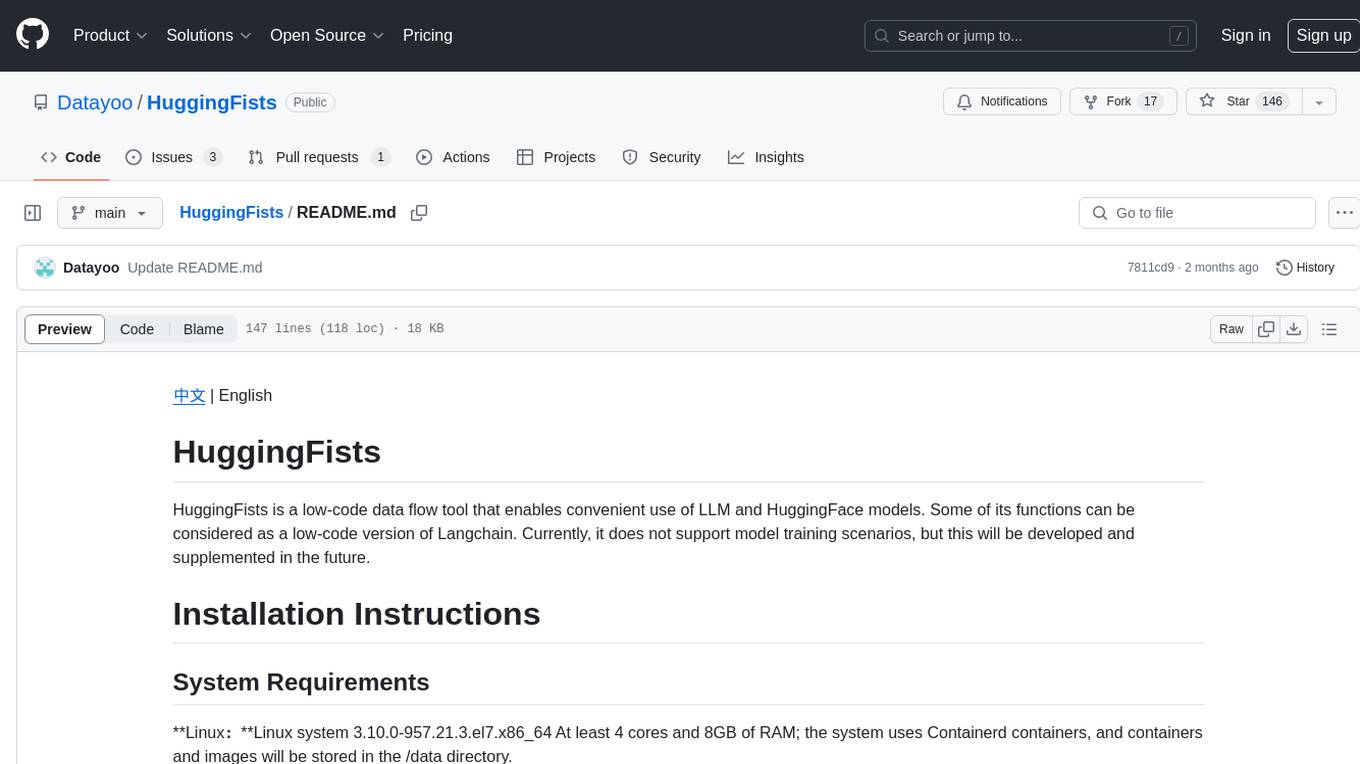
HuggingFists
HuggingFists is a low-code data flow tool that enables convenient use of LLM and HuggingFace models. It provides functionalities similar to Langchain, allowing users to design, debug, and manage data processing workflows, create and schedule workflow jobs, manage resources environment, and handle various data artifact resources. The tool also offers account management for users, allowing centralized management of data source accounts and API accounts. Users can access Hugging Face models through the Inference API or locally deployed models, as well as datasets on Hugging Face. HuggingFists supports breakpoint debugging, branch selection, function calls, workflow variables, and more to assist users in developing complex data processing workflows.
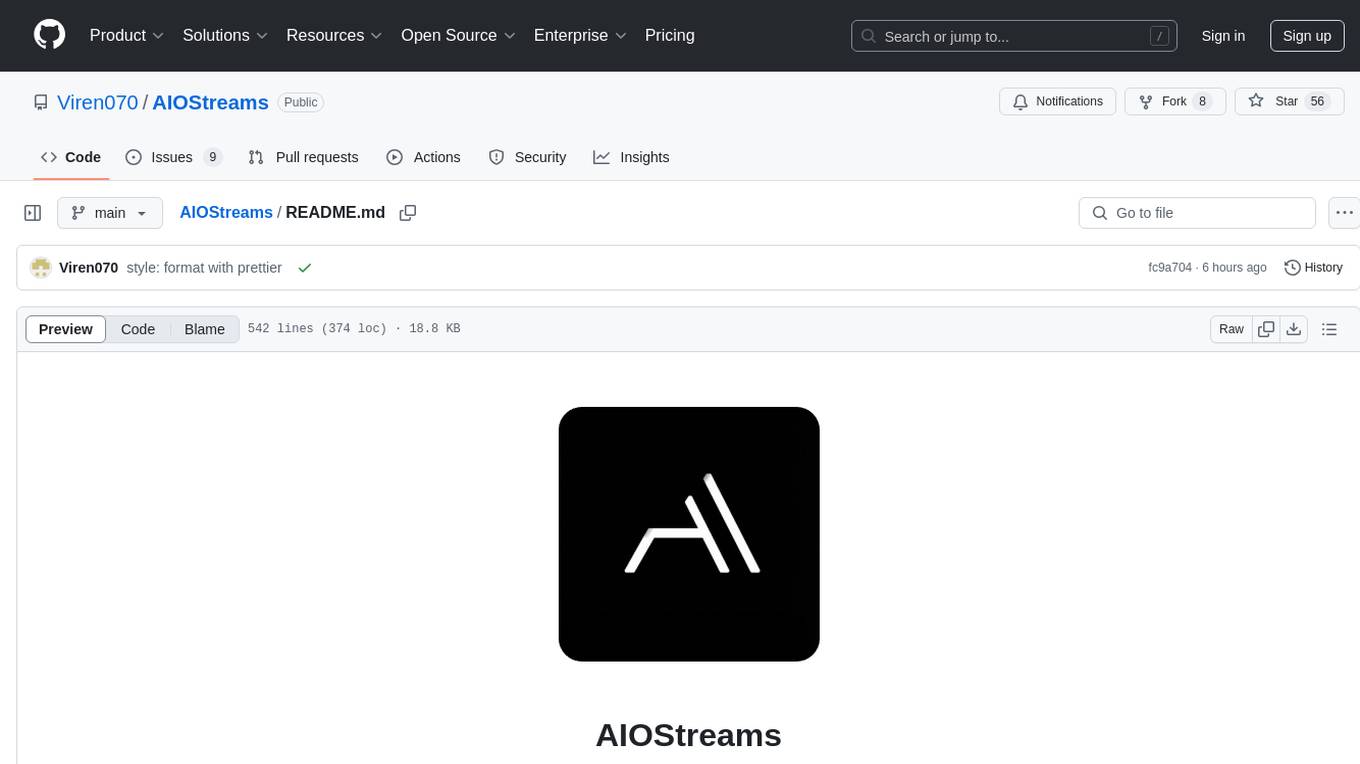
AIOStreams
AIOStreams is a versatile tool that combines streams from various addons into one platform, offering extensive customization options. Users can change result formats, filter results by various criteria, remove duplicates, prioritize services, sort results, specify size limits, and more. The tool scrapes results from selected addons, applies user configurations, and presents the results in a unified manner. It simplifies the process of finding and accessing desired content from multiple sources, enhancing user experience and efficiency.
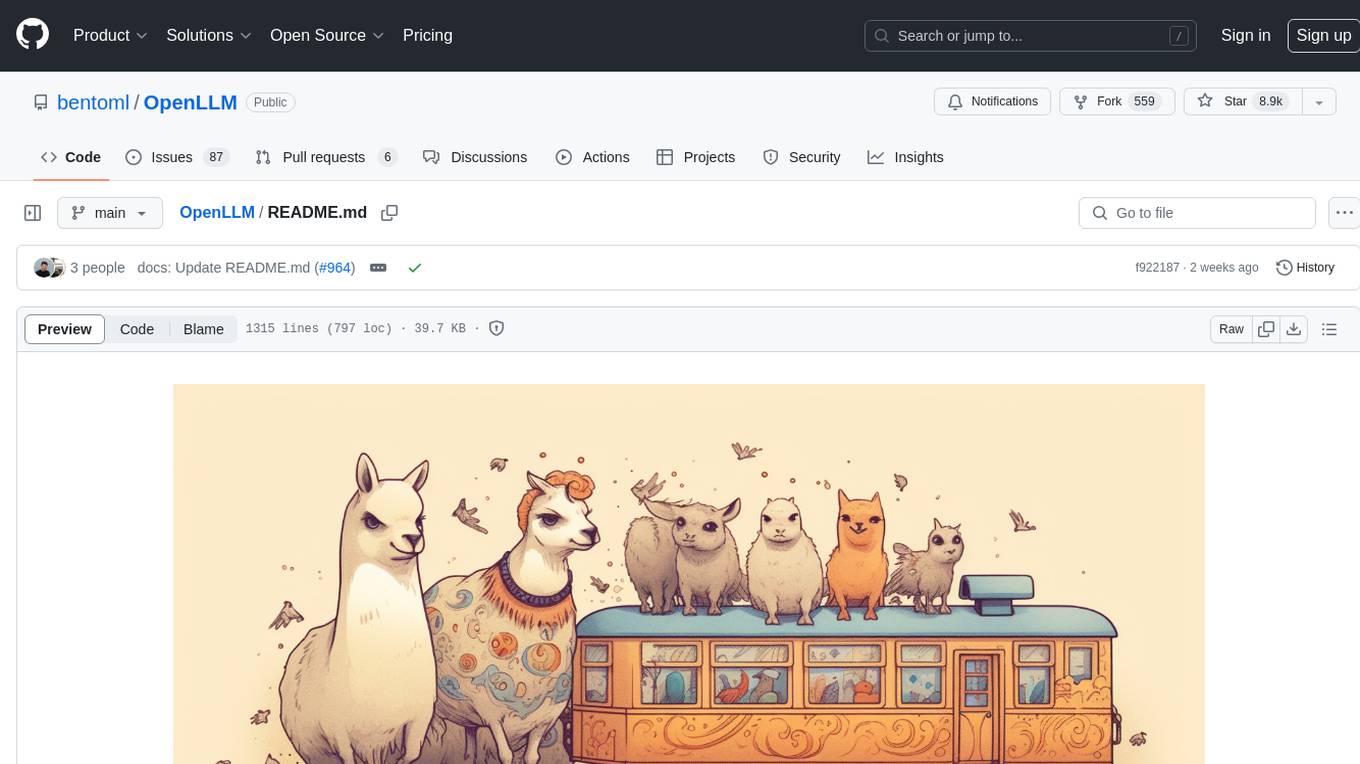
OpenLLM
OpenLLM is a platform that helps developers run any open-source Large Language Models (LLMs) as OpenAI-compatible API endpoints, locally and in the cloud. It supports a wide range of LLMs, provides state-of-the-art serving and inference performance, and simplifies cloud deployment via BentoML. Users can fine-tune, serve, deploy, and monitor any LLMs with ease using OpenLLM. The platform also supports various quantization techniques, serving fine-tuning layers, and multiple runtime implementations. OpenLLM seamlessly integrates with other tools like OpenAI Compatible Endpoints, LlamaIndex, LangChain, and Transformers Agents. It offers deployment options through Docker containers, BentoCloud, and provides a community for collaboration and contributions.
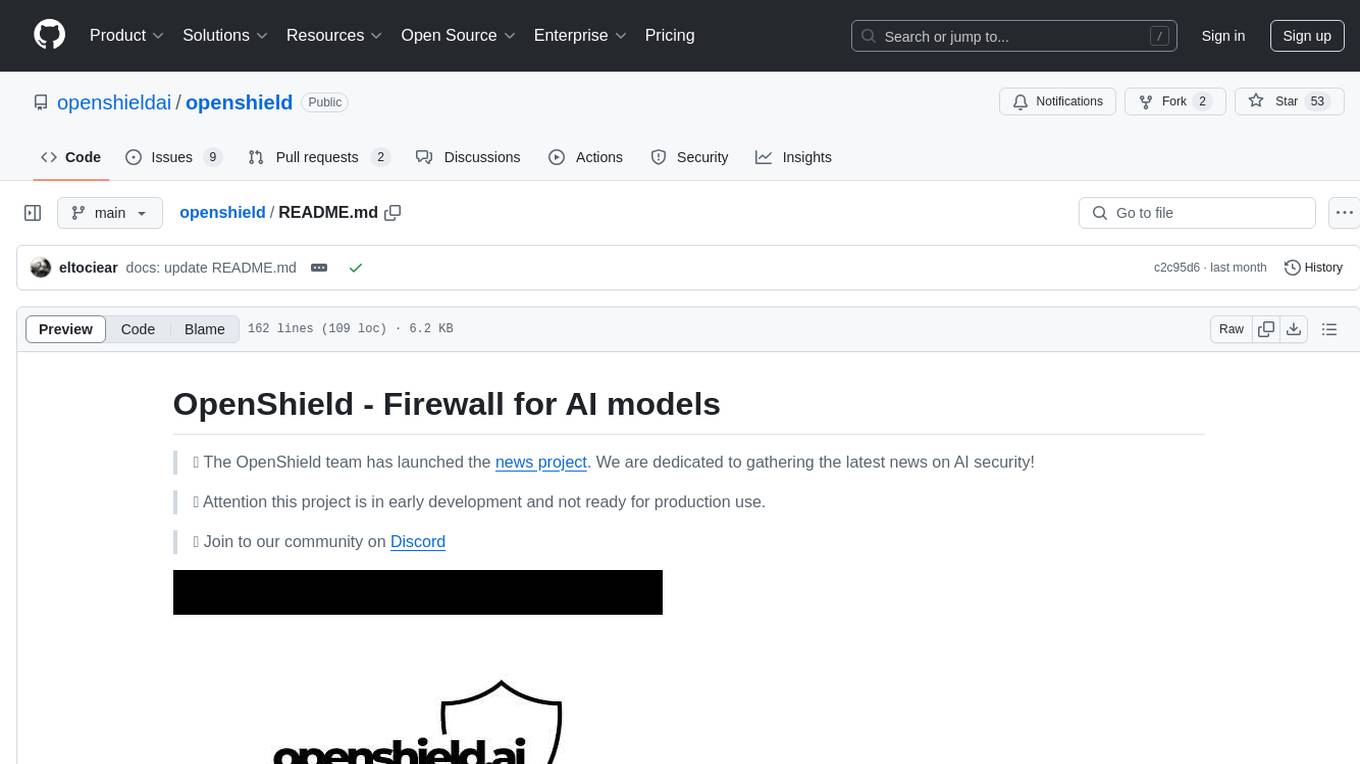
openshield
OpenShield is a firewall designed for AI models to protect against various attacks such as prompt injection, insecure output handling, training data poisoning, model denial of service, supply chain vulnerabilities, sensitive information disclosure, insecure plugin design, excessive agency granting, overreliance, and model theft. It provides rate limiting, content filtering, and keyword filtering for AI models. The tool acts as a transparent proxy between AI models and clients, allowing users to set custom rate limits for OpenAI endpoints and perform tokenizer calculations for OpenAI models. OpenShield also supports Python and LLM based rules, with upcoming features including rate limiting per user and model, prompts manager, content filtering, keyword filtering based on LLM/Vector models, OpenMeter integration, and VectorDB integration. The tool requires an OpenAI API key, Postgres, and Redis for operation.
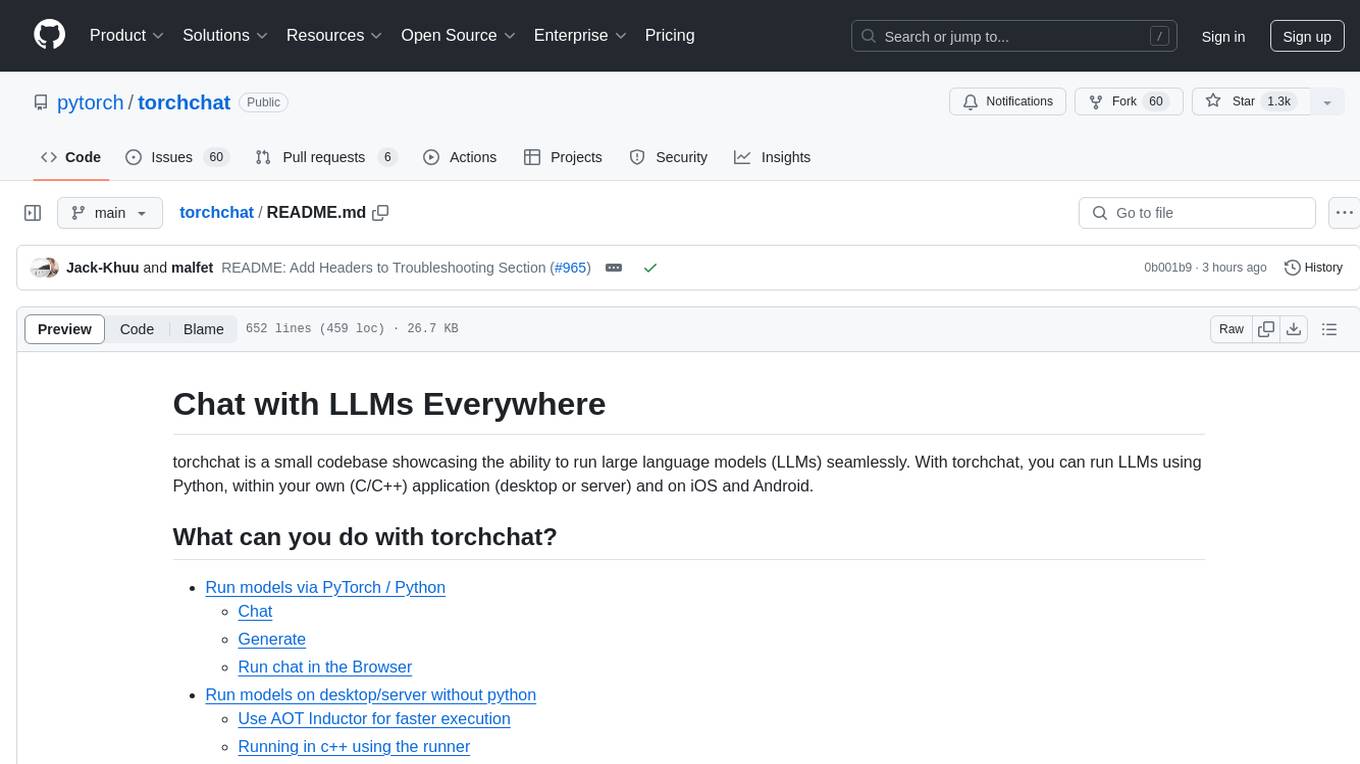
torchchat
torchchat is a codebase showcasing the ability to run large language models (LLMs) seamlessly. It allows running LLMs using Python in various environments such as desktop, server, iOS, and Android. The tool supports running models via PyTorch, chatting, generating text, running chat in the browser, and running models on desktop/server without Python. It also provides features like AOT Inductor for faster execution, running in C++ using the runner, and deploying and running on iOS and Android. The tool supports popular hardware and OS including Linux, Mac OS, Android, and iOS, with various data types and execution modes available.
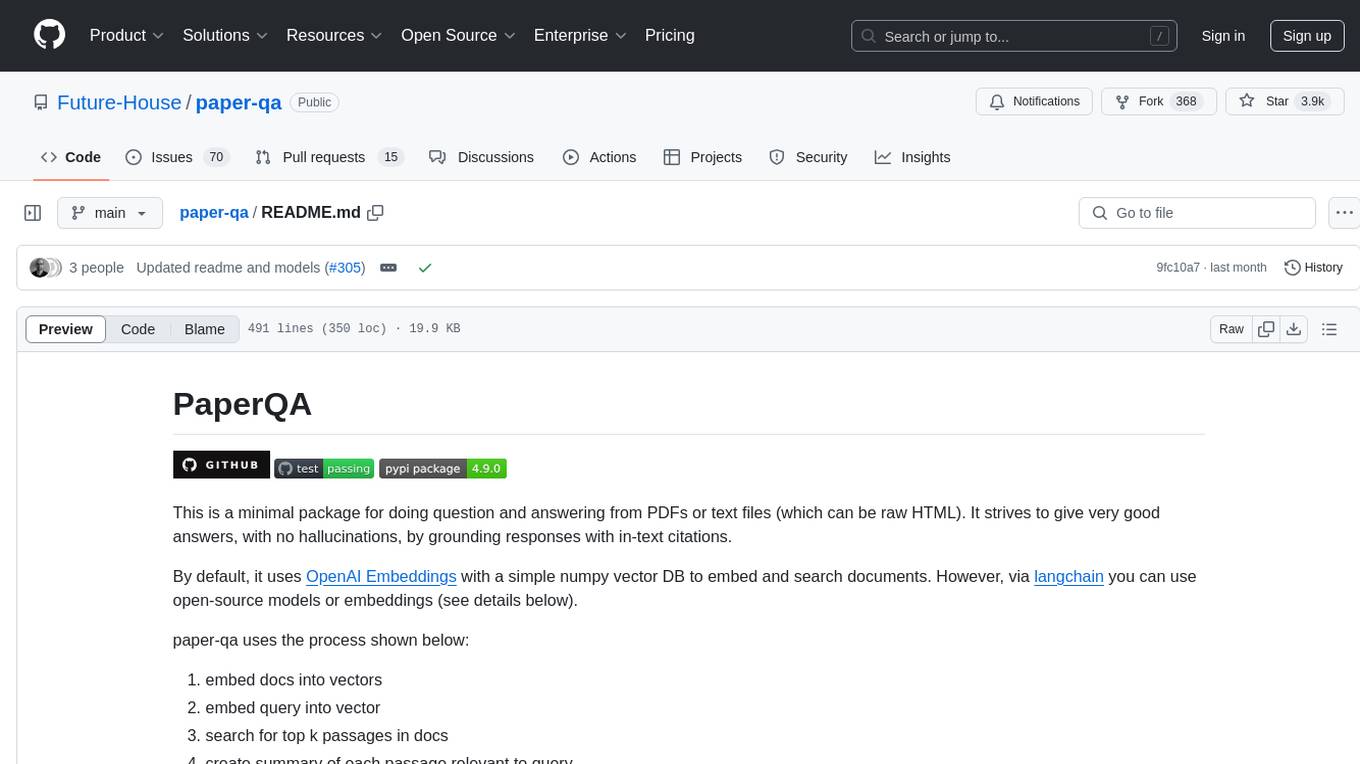
paper-qa
PaperQA is a minimal package for question and answering from PDFs or text files, providing very good answers with in-text citations. It uses OpenAI Embeddings to embed and search documents, and includes a process of embedding docs, queries, searching for top passages, creating summaries, using an LLM to re-score and select relevant summaries, putting summaries into prompt, and generating answers. The tool can be used to answer specific questions related to scientific research by leveraging citations and relevant passages from documents.
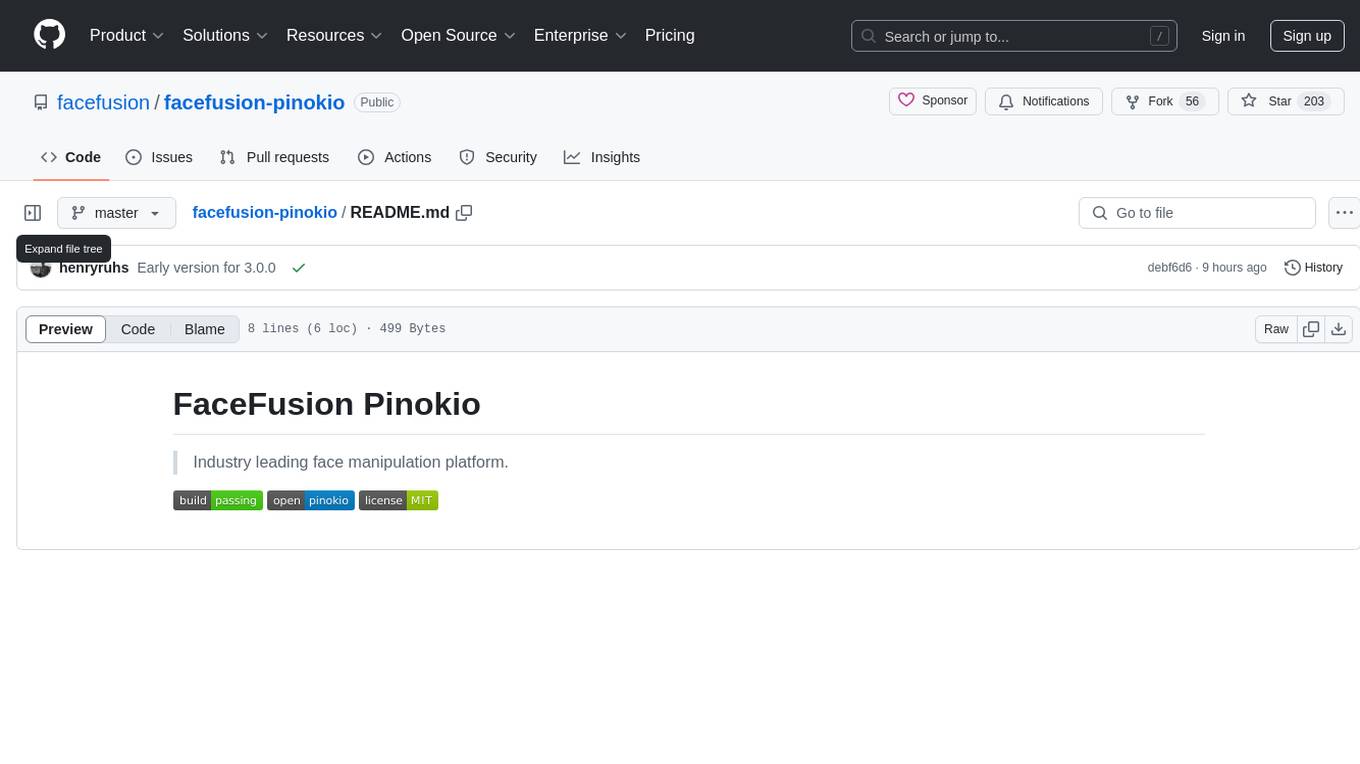
facefusion-pinokio
FaceFusion Pinokio is an industry leading face manipulation platform. It provides advanced tools for manipulating and blending faces in images and videos. The platform offers a user-friendly interface and powerful features to create stunning visual effects. With FaceFusion Pinokio, users can seamlessly blend faces, swap facial features, and create unique and creative compositions. Whether you are a professional graphic designer, a social media influencer, or just someone looking to have fun with face manipulation, FaceFusion Pinokio has everything you need to bring your ideas to life.
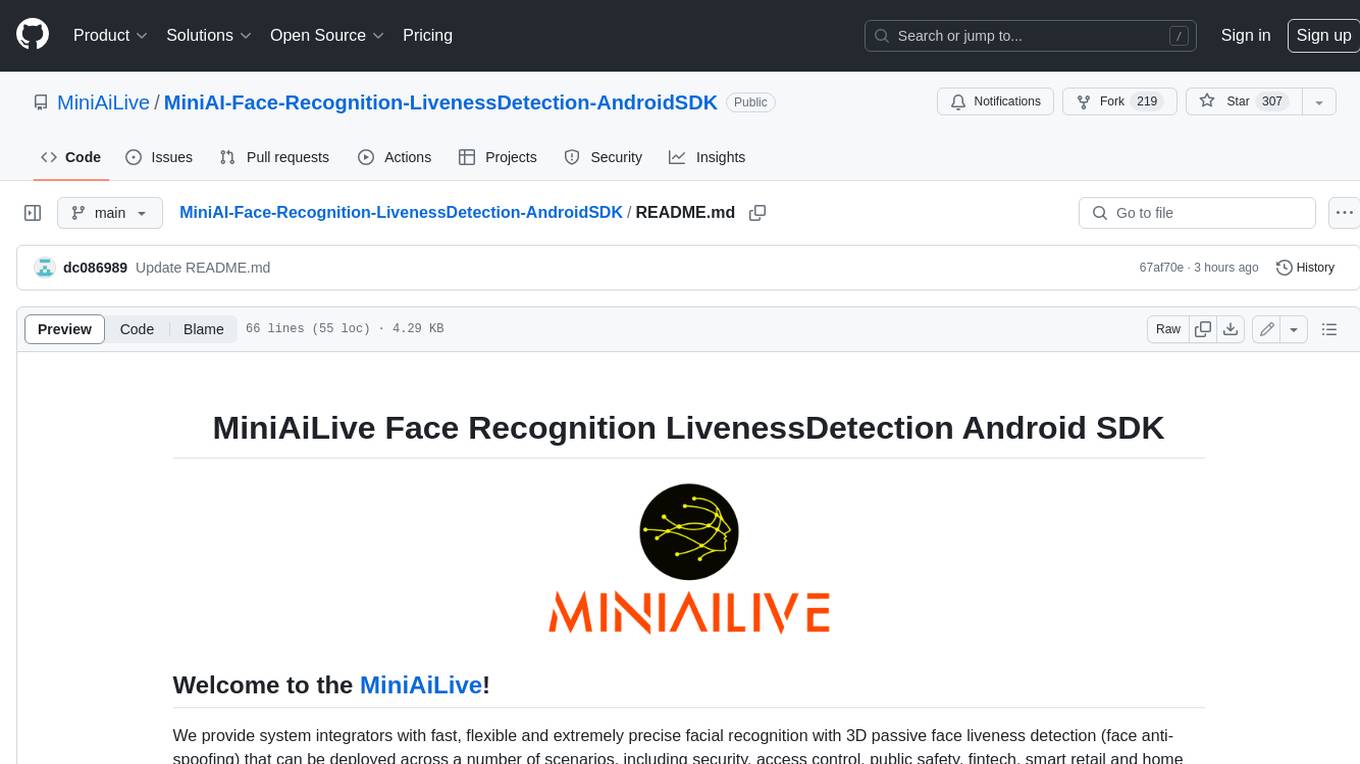
MiniAI-Face-Recognition-LivenessDetection-AndroidSDK
MiniAiLive provides system integrators with fast, flexible and extremely precise facial recognition with 3D passive face liveness detection (face anti-spoofing) that can be deployed across a number of scenarios, including security, access control, public safety, fintech, smart retail and home protection.
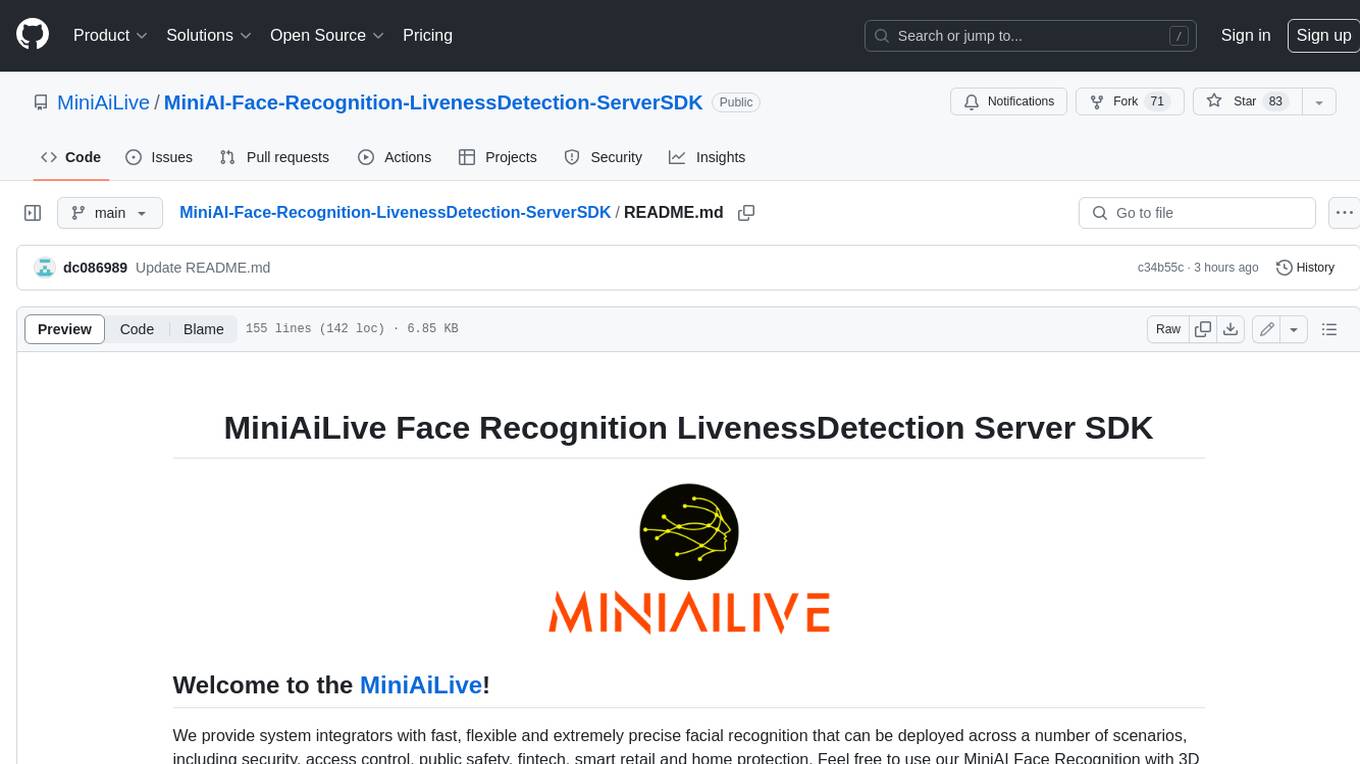
MiniAI-Face-Recognition-LivenessDetection-ServerSDK
The MiniAiLive Face Recognition LivenessDetection Server SDK provides system integrators with fast, flexible, and extremely precise facial recognition that can be deployed across various scenarios, including security, access control, public safety, fintech, smart retail, and home protection. The SDK is fully on-premise, meaning all processing happens on the hosting server, and no data leaves the server. The project structure includes bin, cpp, flask, model, python, test_image, and Dockerfile directories. To set up the project on Linux, download the repo, install system dependencies, and copy libraries into the system folder. For Windows, contact MiniAiLive via email. The C++ example involves replacing the license key in main.cpp, building the project, and running it. The Python example requires installing dependencies and running the project. The Python Flask example involves replacing the license key in app.py, installing dependencies, and running the project. The Docker Flask example includes building the docker image and running it. To request a license, contact MiniAiLive. Contributions to the project are welcome by following specific steps. An online demo is available at https://demo.miniai.live. Related products include MiniAI-Face-Recognition-LivenessDetection-AndroidSDK, MiniAI-Face-Recognition-LivenessDetection-iOS-SDK, MiniAI-Face-LivenessDetection-AndroidSDK, MiniAI-Face-LivenessDetection-iOS-SDK, MiniAI-Face-Matching-AndroidSDK, and MiniAI-Face-Matching-iOS-SDK. MiniAiLive is a leading AI solutions company specializing in computer vision and machine learning technologies.
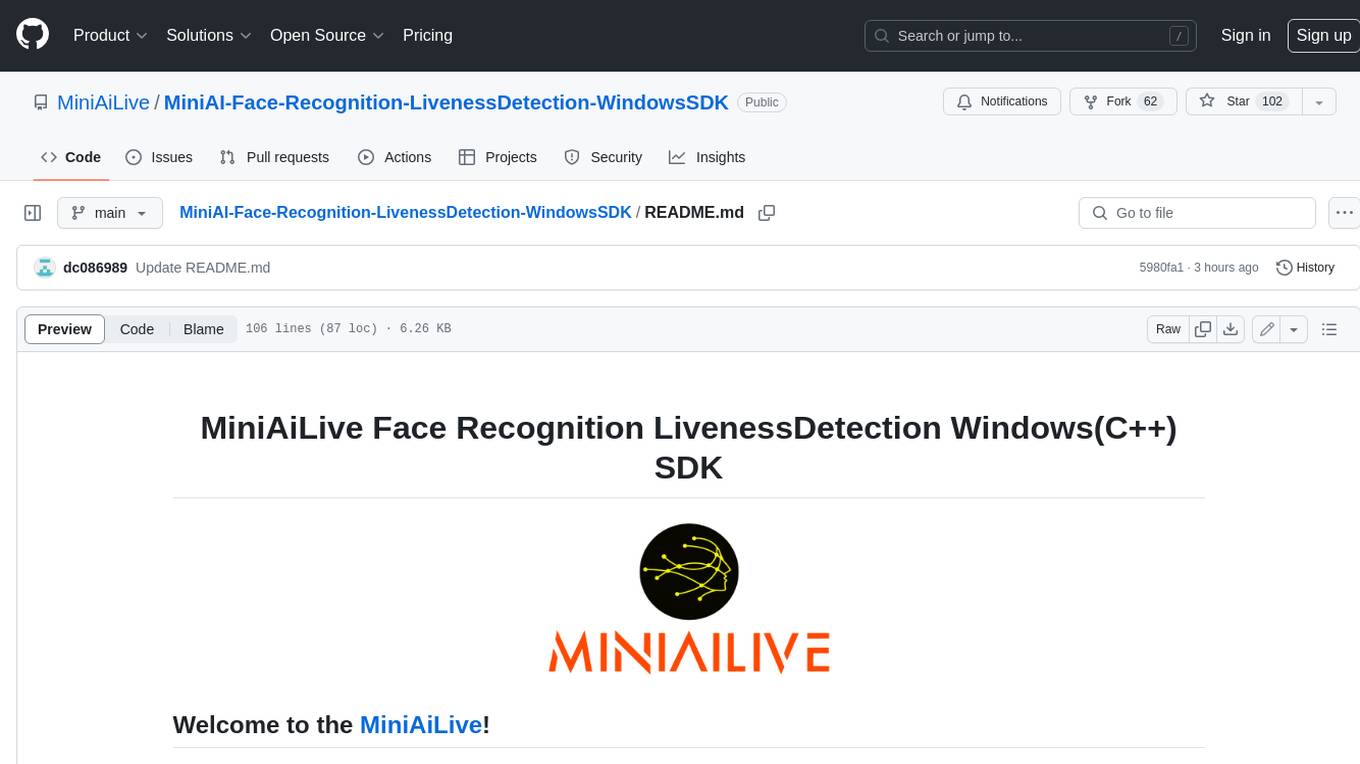
MiniAI-Face-Recognition-LivenessDetection-WindowsSDK
This repository contains a C++ application that demonstrates face recognition capabilities using computer vision techniques. The demo utilizes OpenCV and dlib libraries for efficient face detection and recognition with 3D passive face liveness detection (face anti-spoofing). Key Features: Face detection: The SDK utilizes advanced computer vision techniques to detect faces in images or video frames, enabling a wide range of applications. Face recognition: It can recognize known faces by comparing them with a pre-defined database of individuals. Age estimation: It can estimate the age of detected faces. Gender detection: It can determine the gender of detected faces. Liveness detection: It can detect whether a face is from a live person or a static image.

MiniAI-Face-LivenessDetection-AndroidSDK
The MiniAiLive Face Liveness Detection Android SDK provides advanced computer vision techniques to enhance security and accuracy on Android platforms. It offers 3D Passive Face Liveness Detection capabilities, ensuring that users are physically present and not using spoofing methods to access applications or services. The SDK is fully on-premise, with all processing happening on the hosting server, ensuring data privacy and security.
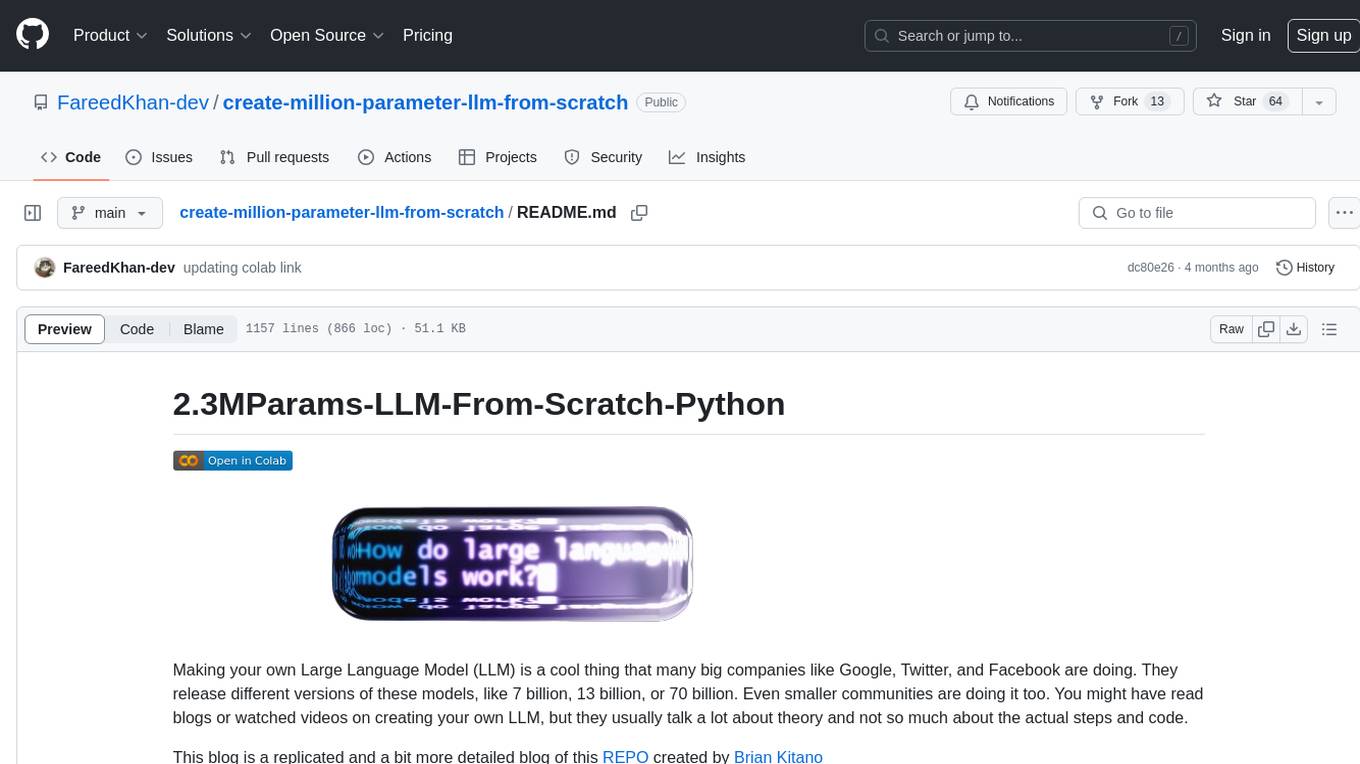
create-million-parameter-llm-from-scratch
The 'create-million-parameter-llm-from-scratch' repository provides a detailed guide on creating a Large Language Model (LLM) with 2.3 million parameters from scratch. The blog replicates the LLaMA approach, incorporating concepts like RMSNorm for pre-normalization, SwiGLU activation function, and Rotary Embeddings. The model is trained on a basic dataset to demonstrate the ease of creating a million-parameter LLM without the need for a high-end GPU.
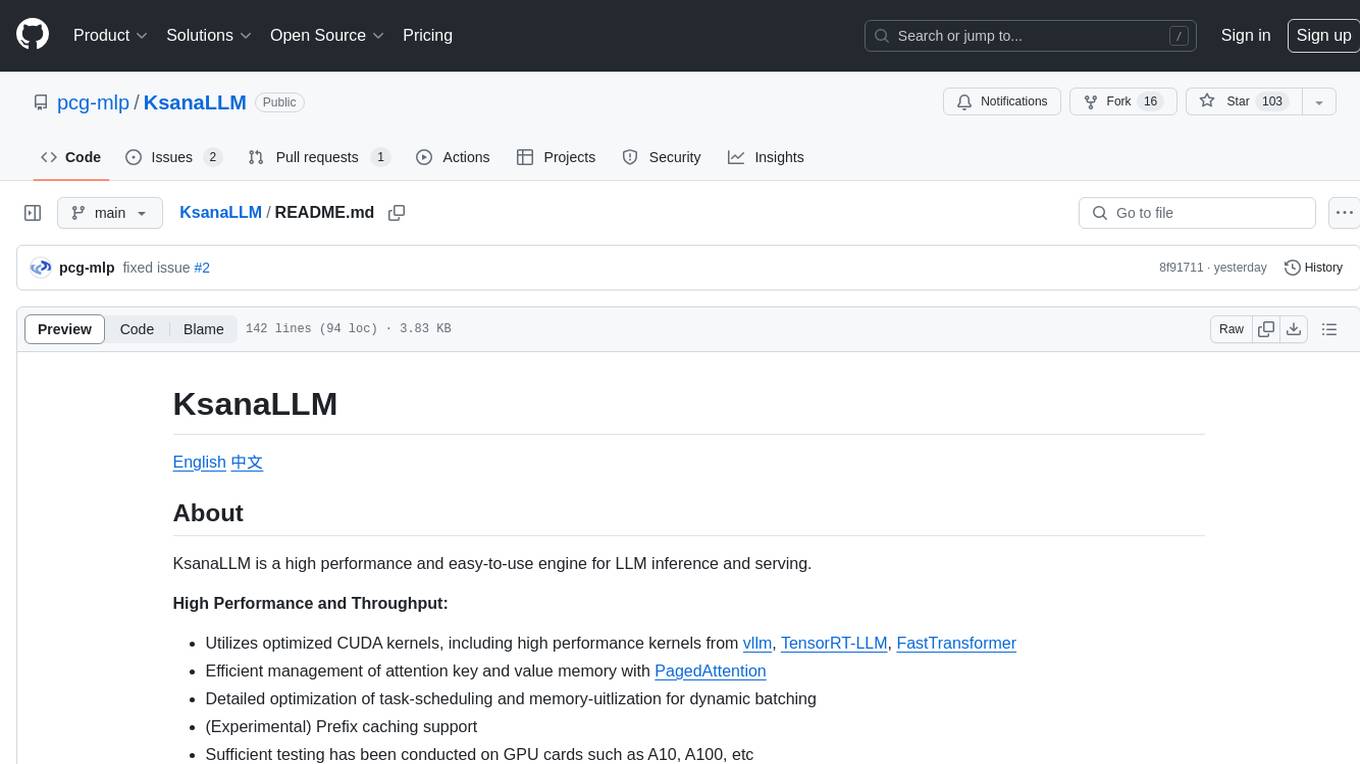
KsanaLLM
KsanaLLM is a high-performance engine for LLM inference and serving. It utilizes optimized CUDA kernels for high performance, efficient memory management, and detailed optimization for dynamic batching. The tool offers flexibility with seamless integration with popular Hugging Face models, support for multiple weight formats, and high-throughput serving with various decoding algorithms. It enables multi-GPU tensor parallelism, streaming outputs, and an OpenAI-compatible API server. KsanaLLM supports NVIDIA GPUs and Huawei Ascend NPU, and seamlessly integrates with verified Hugging Face models like LLaMA, Baichuan, and Qwen. Users can create a docker container, clone the source code, compile for Nvidia or Huawei Ascend NPU, run the tool, and distribute it as a wheel package. Optional features include a model weight map JSON file for models with different weight names.

depthai
This repository contains a demo application for DepthAI, a tool that can load different networks, create pipelines, record video, and more. It provides documentation for installation and usage, including running programs through Docker. Users can explore DepthAI features via command line arguments or a clickable QT interface. Supported models include various AI models for tasks like face detection, human pose estimation, and object detection. The tool collects anonymous usage statistics by default, which can be disabled. Users can report issues to the development team for support and troubleshooting.
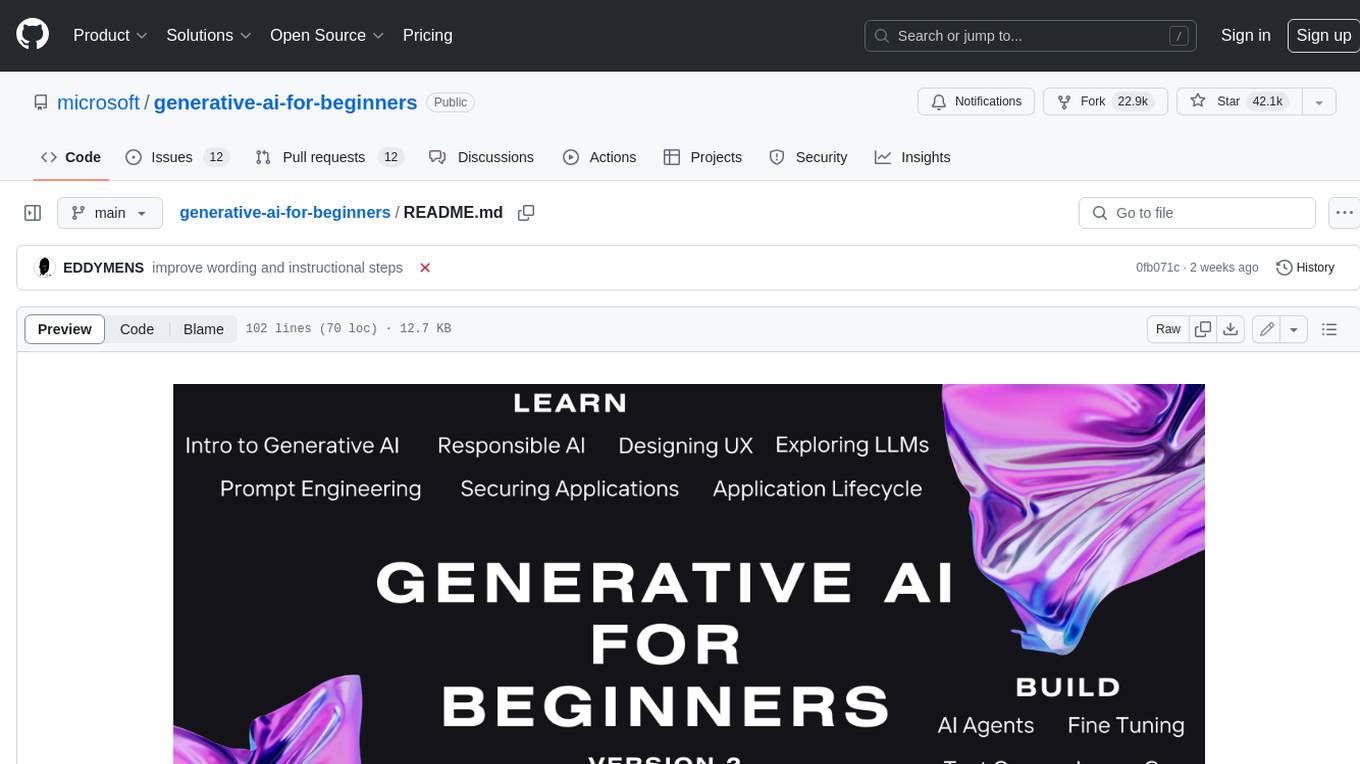
generative-ai-for-beginners
This course has 18 lessons. Each lesson covers its own topic so start wherever you like! Lessons are labeled either "Learn" lessons explaining a Generative AI concept or "Build" lessons that explain a concept and code examples in both **Python** and **TypeScript** when possible. Each lesson also includes a "Keep Learning" section with additional learning tools. **What You Need** * Access to the Azure OpenAI Service **OR** OpenAI API - _Only required to complete coding lessons_ * Basic knowledge of Python or Typescript is helpful - *For absolute beginners check out these Python and TypeScript courses. * A Github account to fork this entire repo to your own GitHub account We have created a **Course Setup** lesson to help you with setting up your development environment. Don't forget to star (🌟) this repo to find it easier later. ## 🧠 Ready to Deploy? If you are looking for more advanced code samples, check out our collection of Generative AI Code Samples in both **Python** and **TypeScript**. ## 🗣️ Meet Other Learners, Get Support Join our official AI Discord server to meet and network with other learners taking this course and get support. ## 🚀 Building a Startup? Sign up for Microsoft for Startups Founders Hub to receive **free OpenAI credits** and up to **$150k towards Azure credits to access OpenAI models through Azure OpenAI Services**. ## 🙏 Want to help? Do you have suggestions or found spelling or code errors? Raise an issue or Create a pull request ## 📂 Each lesson includes: * A short video introduction to the topic * A written lesson located in the README * Python and TypeScript code samples supporting Azure OpenAI and OpenAI API * Links to extra resources to continue your learning ## 🗃️ Lessons | | Lesson Link | Description | Additional Learning | | :-: | :------------------------------------------------------------------------------------------------------------------------------------------: | :---------------------------------------------------------------------------------------------: | ------------------------------------------------------------------------------ | | 00 | Course Setup | **Learn:** How to Setup Your Development Environment | Learn More | | 01 | Introduction to Generative AI and LLMs | **Learn:** Understanding what Generative AI is and how Large Language Models (LLMs) work. | Learn More | | 02 | Exploring and comparing different LLMs | **Learn:** How to select the right model for your use case | Learn More | | 03 | Using Generative AI Responsibly | **Learn:** How to build Generative AI Applications responsibly | Learn More | | 04 | Understanding Prompt Engineering Fundamentals | **Learn:** Hands-on Prompt Engineering Best Practices | Learn More | | 05 | Creating Advanced Prompts | **Learn:** How to apply prompt engineering techniques that improve the outcome of your prompts. | Learn More | | 06 | Building Text Generation Applications | **Build:** A text generation app using Azure OpenAI | Learn More | | 07 | Building Chat Applications | **Build:** Techniques for efficiently building and integrating chat applications. | Learn More | | 08 | Building Search Apps Vector Databases | **Build:** A search application that uses Embeddings to search for data. | Learn More | | 09 | Building Image Generation Applications | **Build:** A image generation application | Learn More | | 10 | Building Low Code AI Applications | **Build:** A Generative AI application using Low Code tools | Learn More | | 11 | Integrating External Applications with Function Calling | **Build:** What is function calling and its use cases for applications | Learn More | | 12 | Designing UX for AI Applications | **Learn:** How to apply UX design principles when developing Generative AI Applications | Learn More | | 13 | Securing Your Generative AI Applications | **Learn:** The threats and risks to AI systems and methods to secure these systems. | Learn More | | 14 | The Generative AI Application Lifecycle | **Learn:** The tools and metrics to manage the LLM Lifecycle and LLMOps | Learn More | | 15 | Retrieval Augmented Generation (RAG) and Vector Databases | **Build:** An application using a RAG Framework to retrieve embeddings from a Vector Databases | Learn More | | 16 | Open Source Models and Hugging Face | **Build:** An application using open source models available on Hugging Face | Learn More | | 17 | AI Agents | **Build:** An application using an AI Agent Framework | Learn More | | 18 | Fine-Tuning LLMs | **Learn:** The what, why and how of fine-tuning LLMs | Learn More |
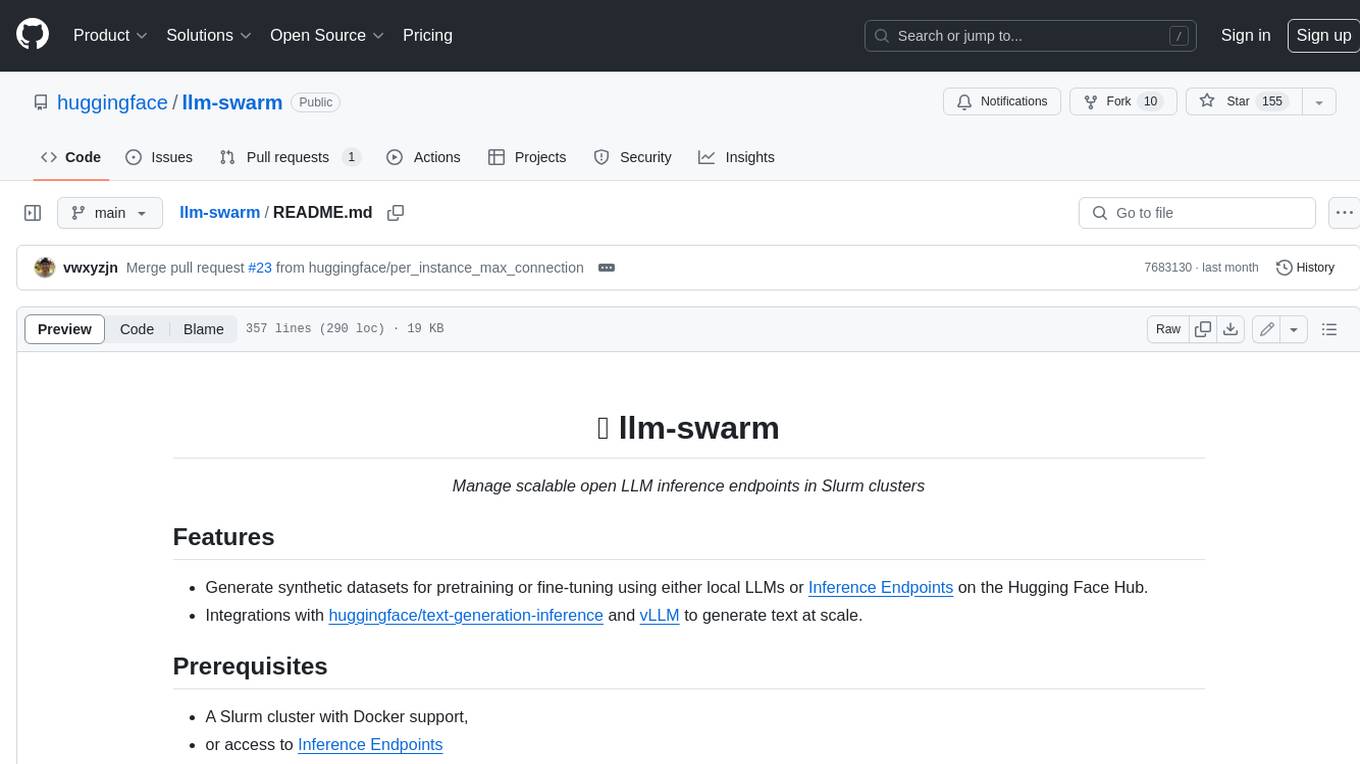
llm-swarm
llm-swarm is a tool designed to manage scalable open LLM inference endpoints in Slurm clusters. It allows users to generate synthetic datasets for pretraining or fine-tuning using local LLMs or Inference Endpoints on the Hugging Face Hub. The tool integrates with huggingface/text-generation-inference and vLLM to generate text at scale. It manages inference endpoint lifetime by automatically spinning up instances via `sbatch`, checking if they are created or connected, performing the generation job, and auto-terminating the inference endpoints to prevent idling. Additionally, it provides load balancing between multiple endpoints using a simple nginx docker for scalability. Users can create slurm files based on default configurations and inspect logs for further analysis. For users without a Slurm cluster, hosted inference endpoints are available for testing with usage limits based on registration status.
20 - OpenAI Gpts
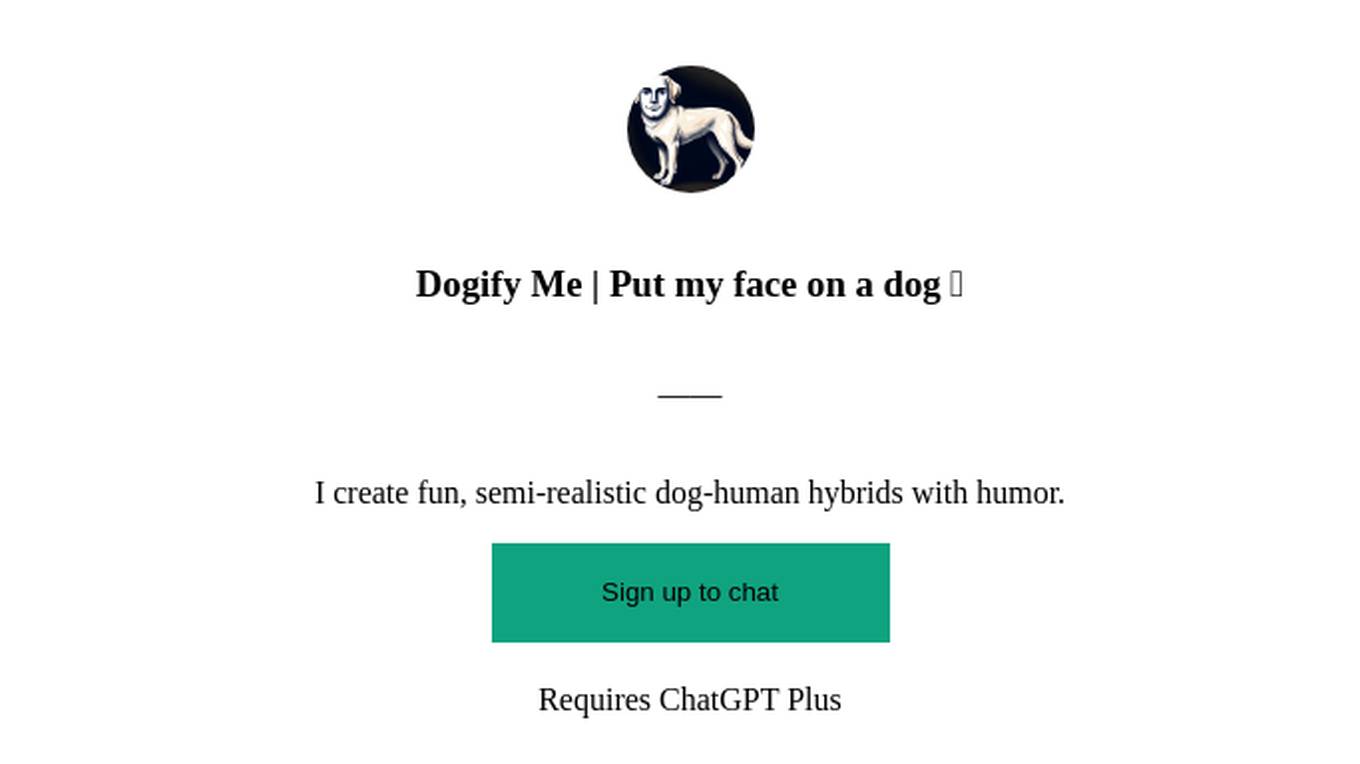
Dogify Me | Put my face on a dog 🐶
I create fun, semi-realistic dog-human hybrids with humor.
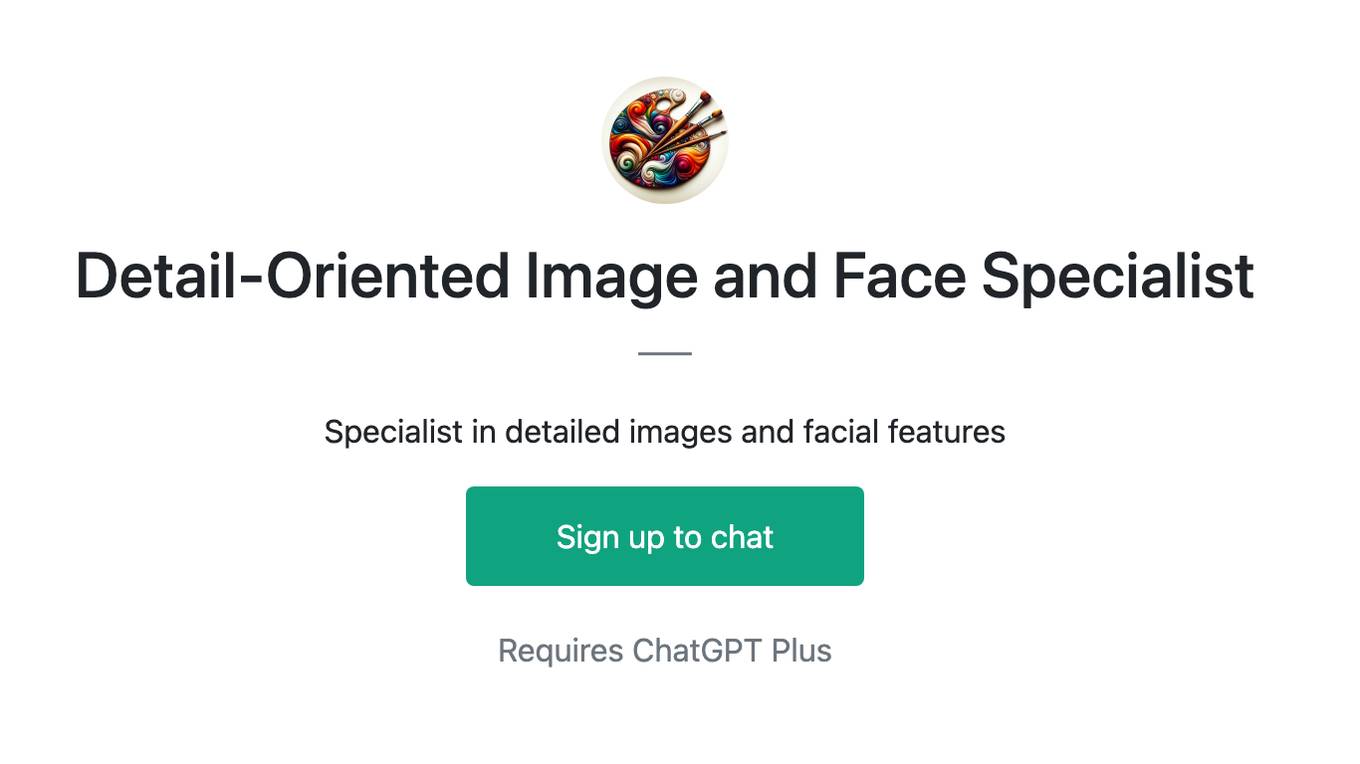
Detail-Oriented Image and Face Specialist
Specialist in detailed images and facial features

Create an agent team
First, please say "Create an agent team to do 〇〇." / 最初に「〇〇をするためのエージェントチームを作成してください」とお伝え下さい

Create A Business Model Canvas For Your Business
Let's get started by telling me about your business: What do you offer? Who do you serve? ------------------------------------------------------- Need help Prompt Engineering? Reach out on LinkedIn: StephenHnilica
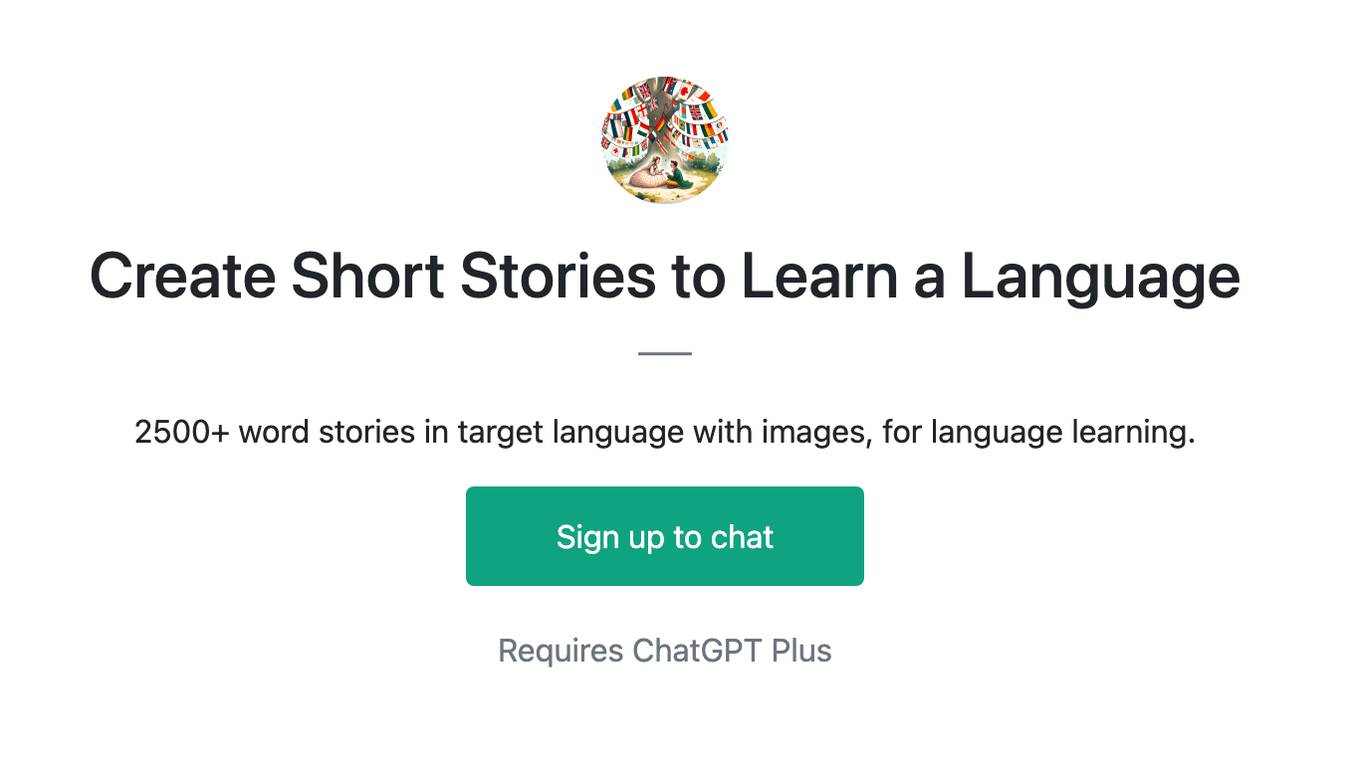
Create Short Stories to Learn a Language
2500+ word stories in target language with images, for language learning.
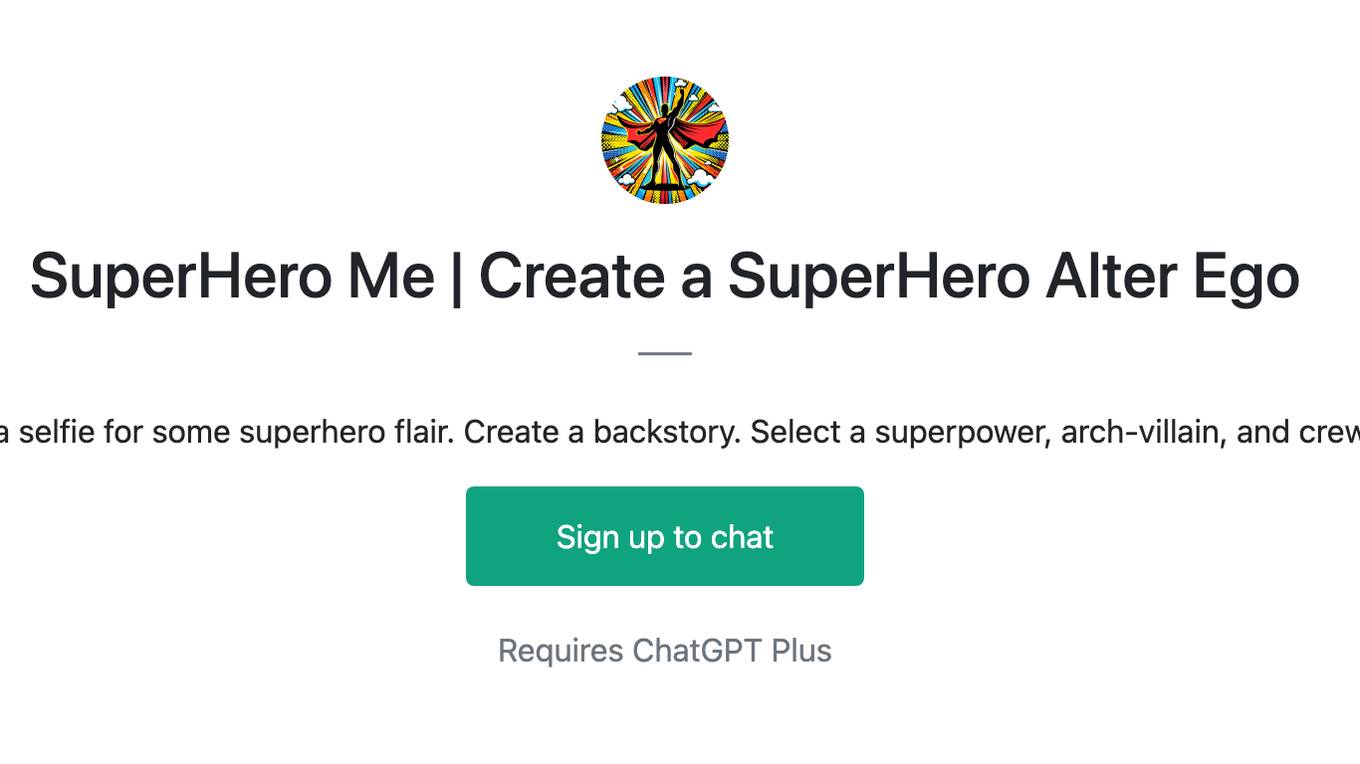
SuperHero Me | Create a SuperHero Alter Ego
Level up Now. Upload a selfie for some superhero flair. Create a backstory. Select a superpower, arch-villain, and crew. Answer trivia. Pow!

Create Your Christian Prayer
Tell me about your situation and the type of prayer you would like

周易运势头像Create a Lucky avatar image
利用专业的周易知识和命理知识进行头像设计 Generates and explains lucky profile pictures based on I Ching, zodiac.
